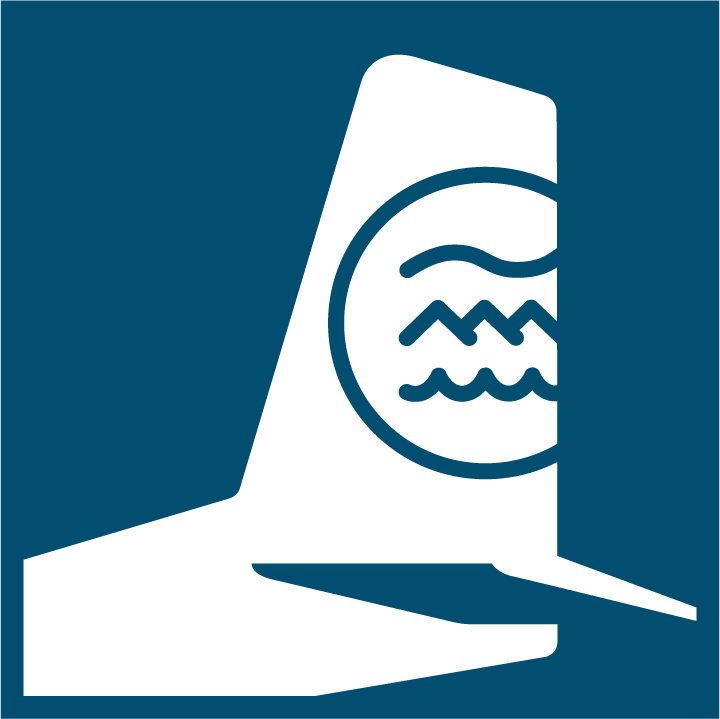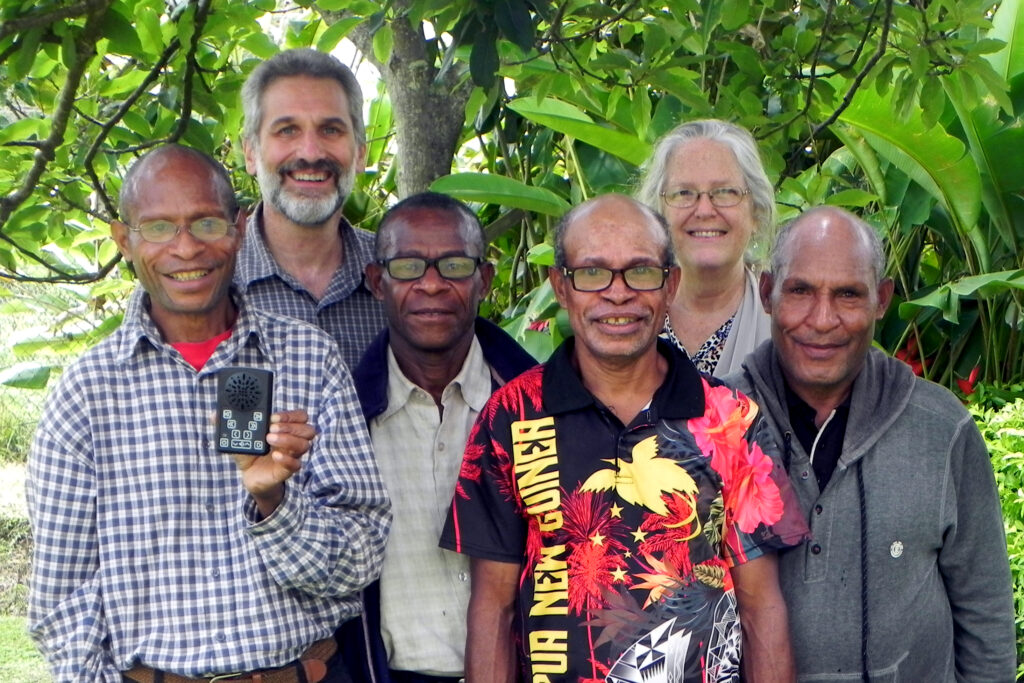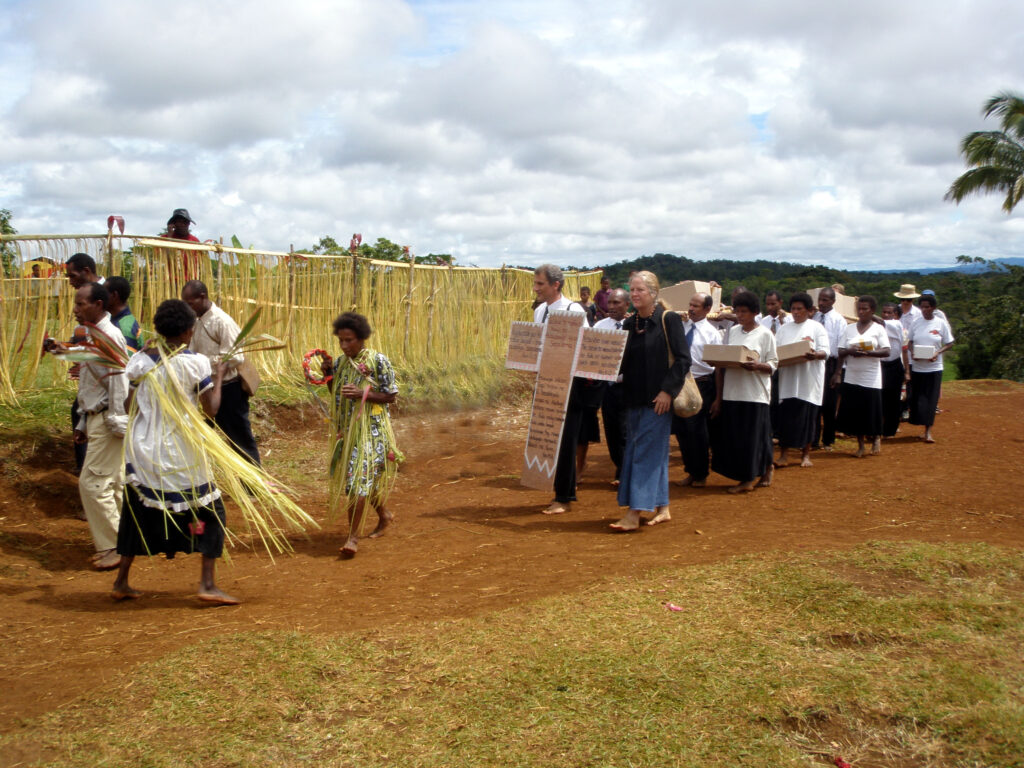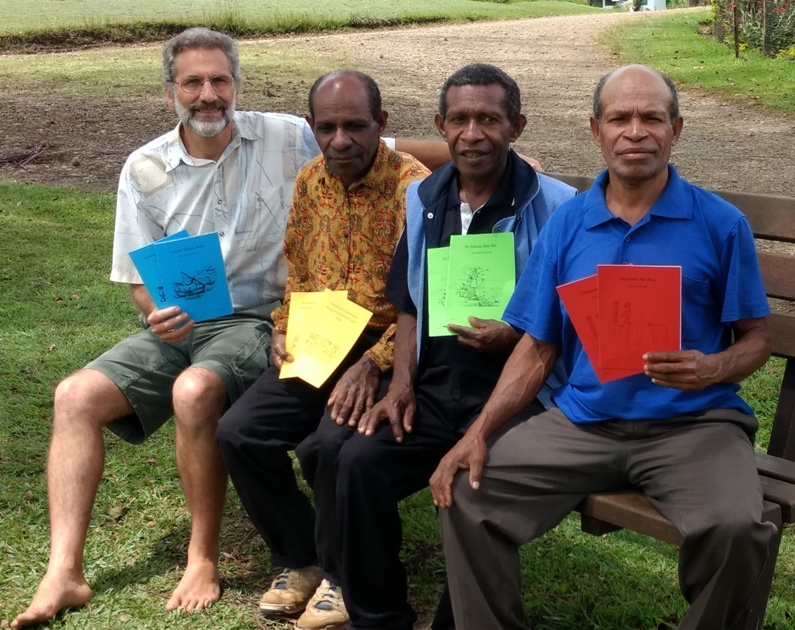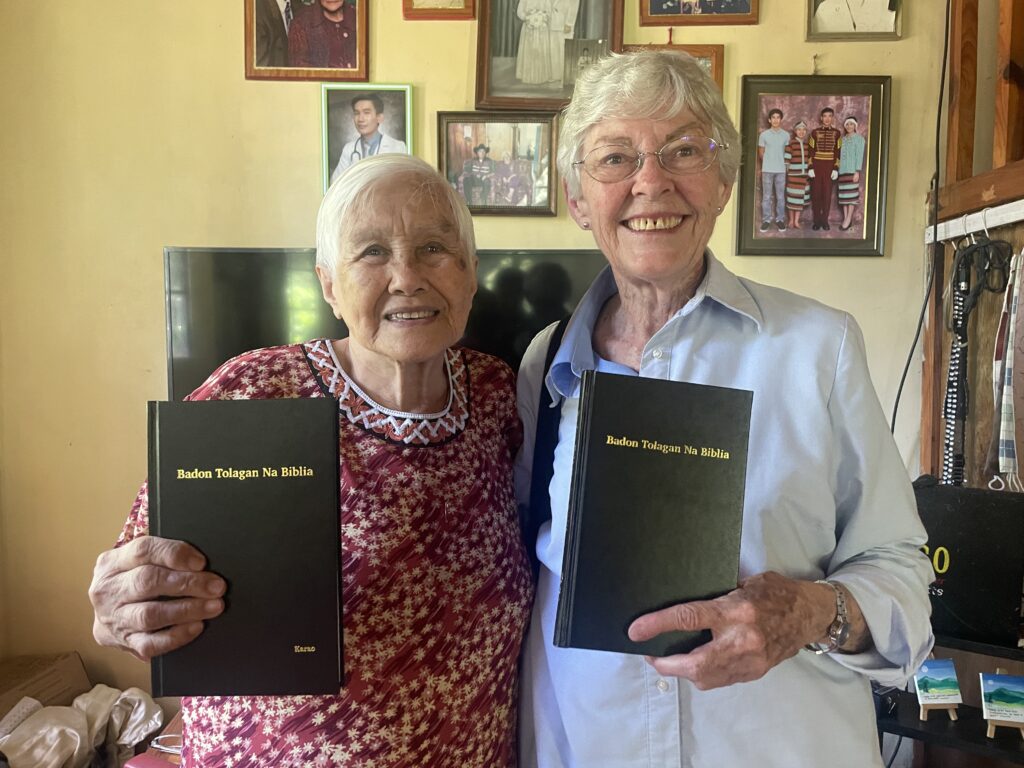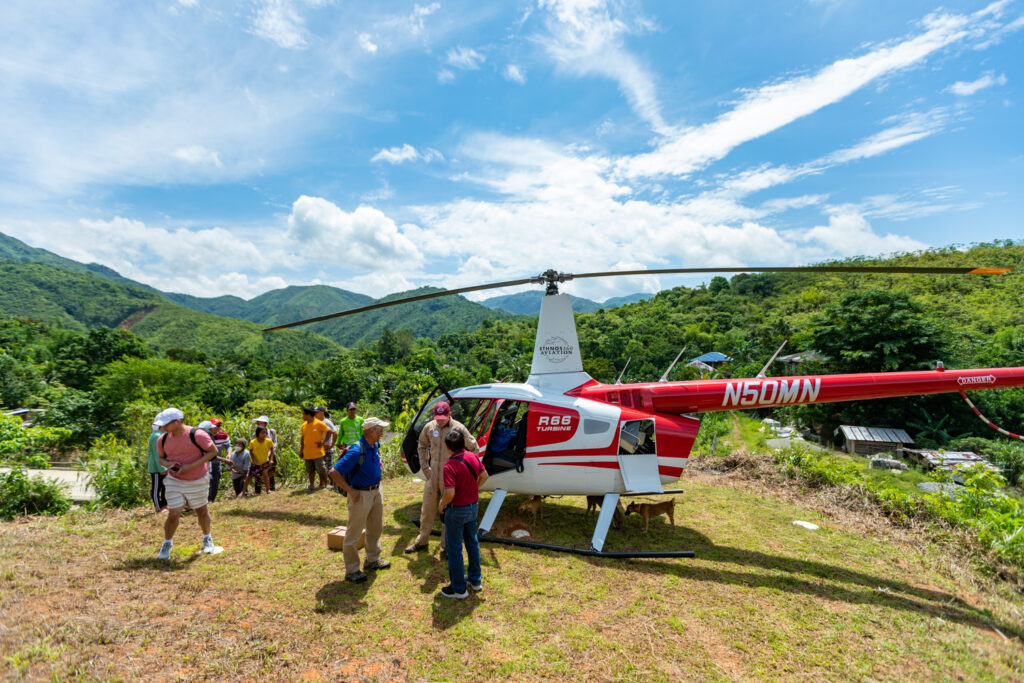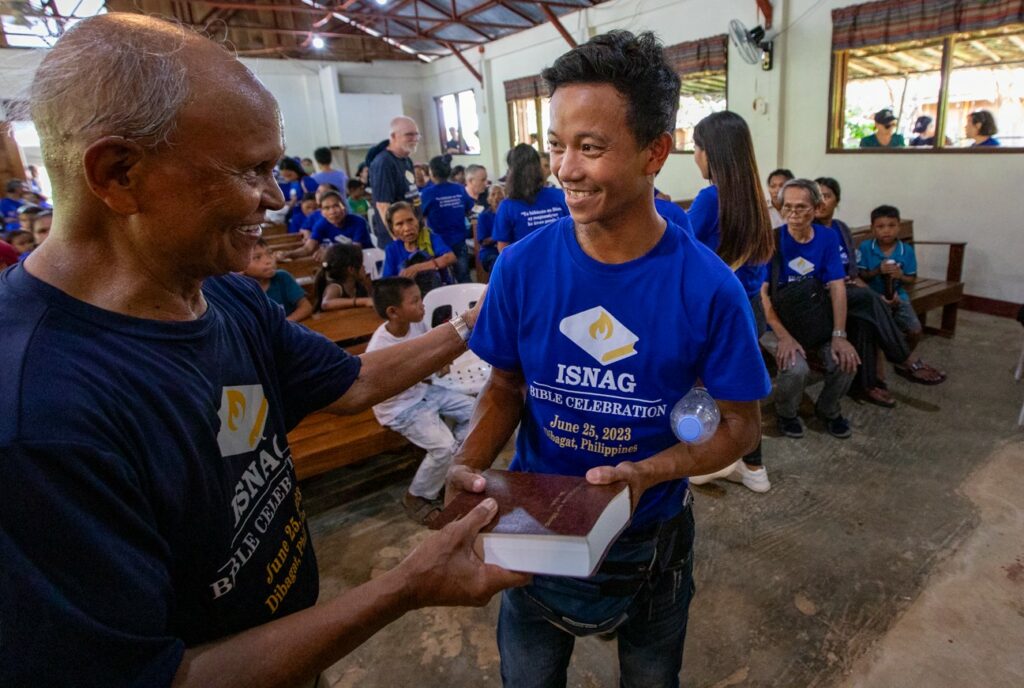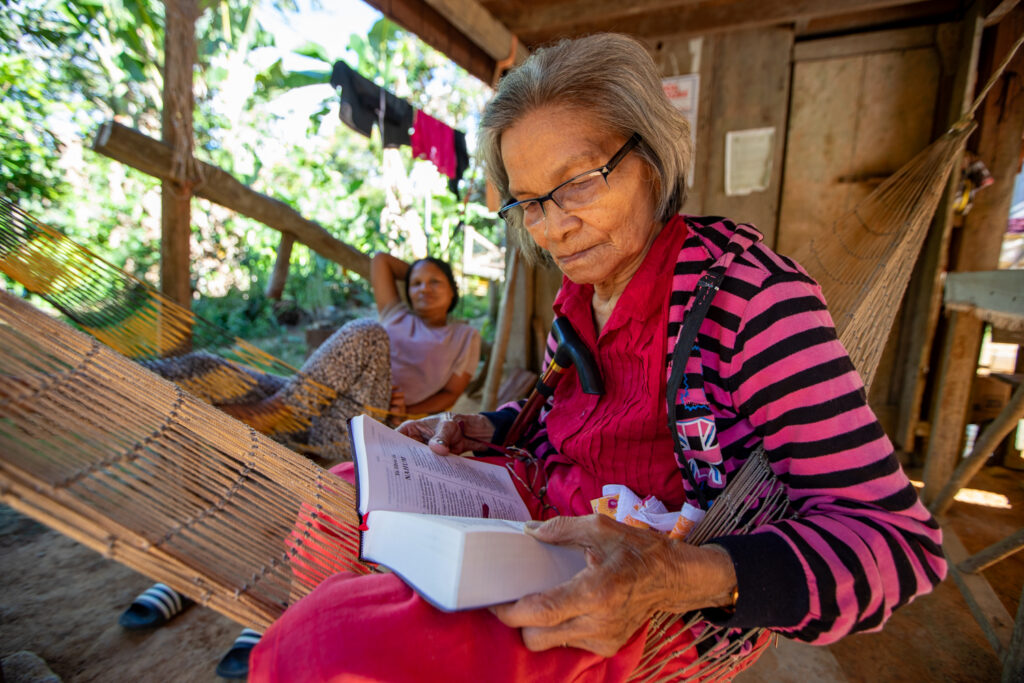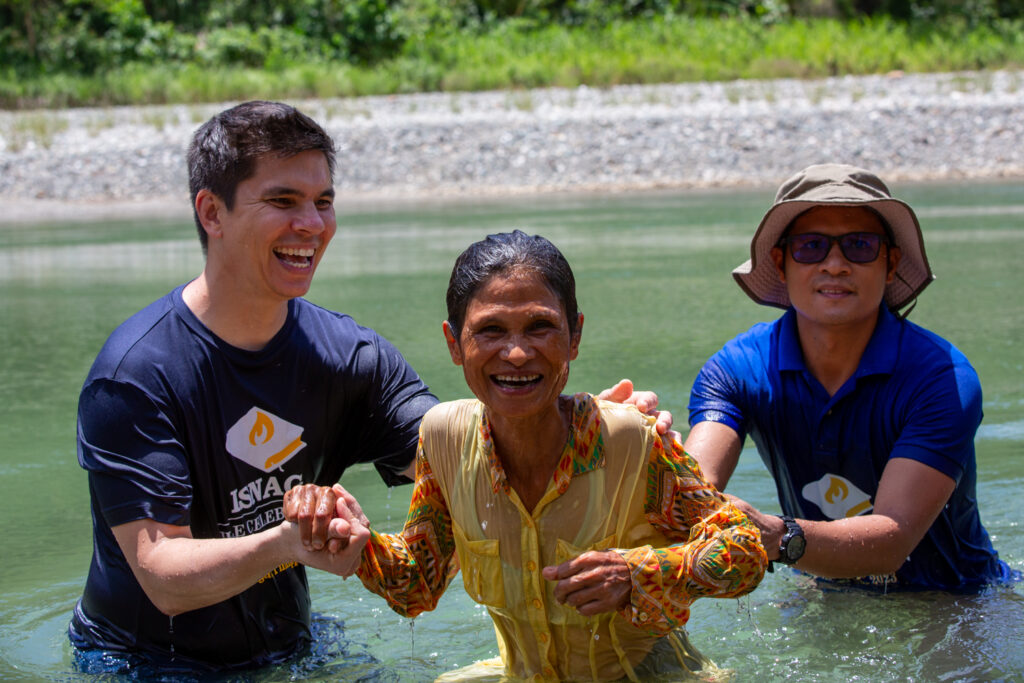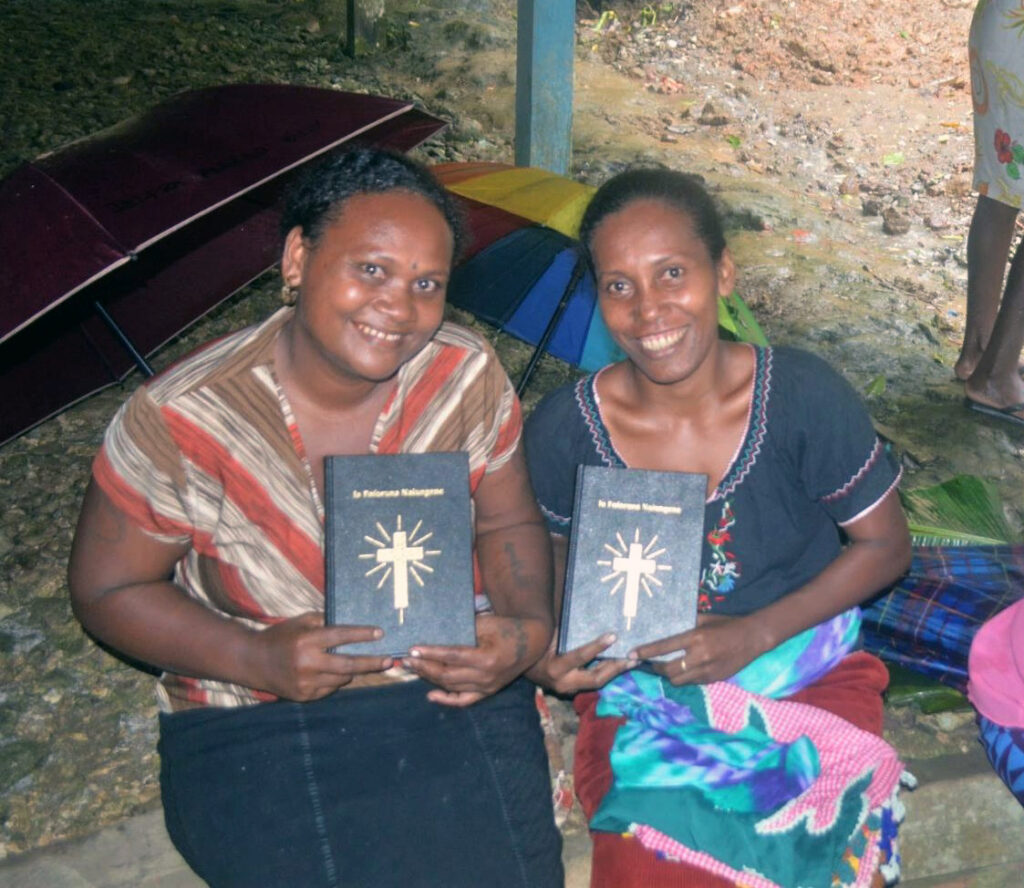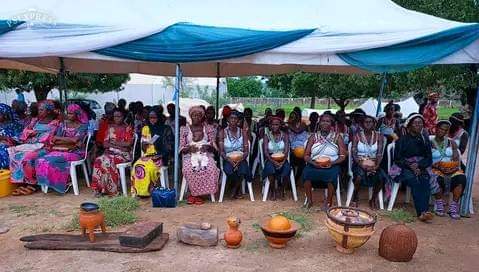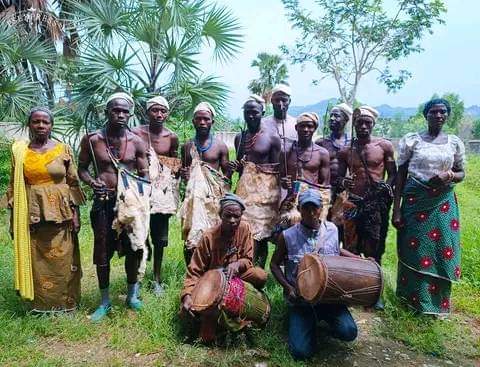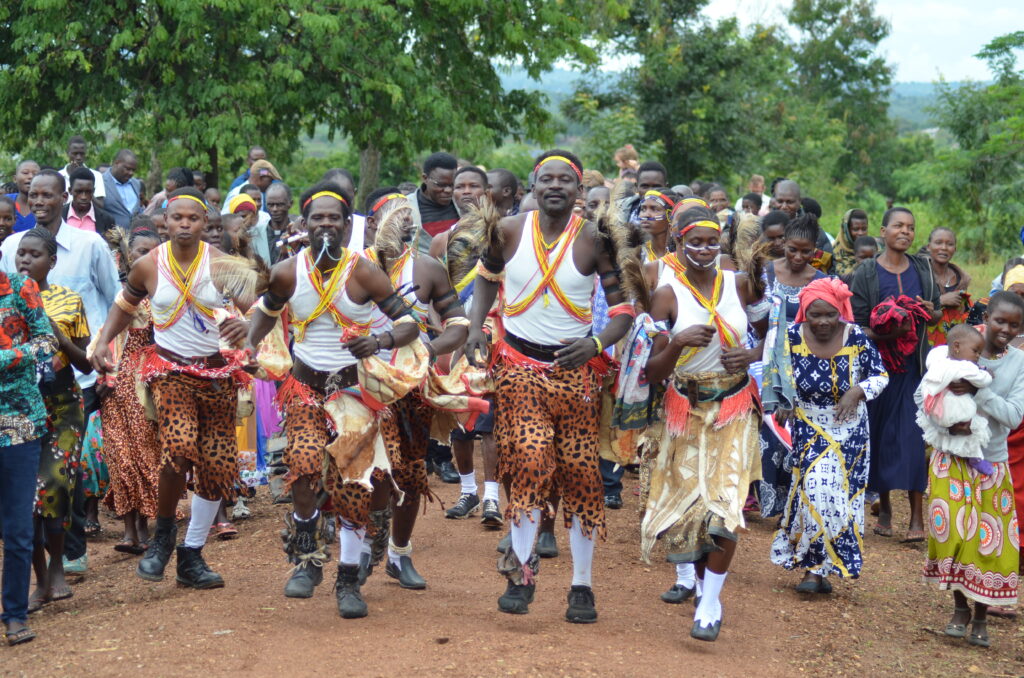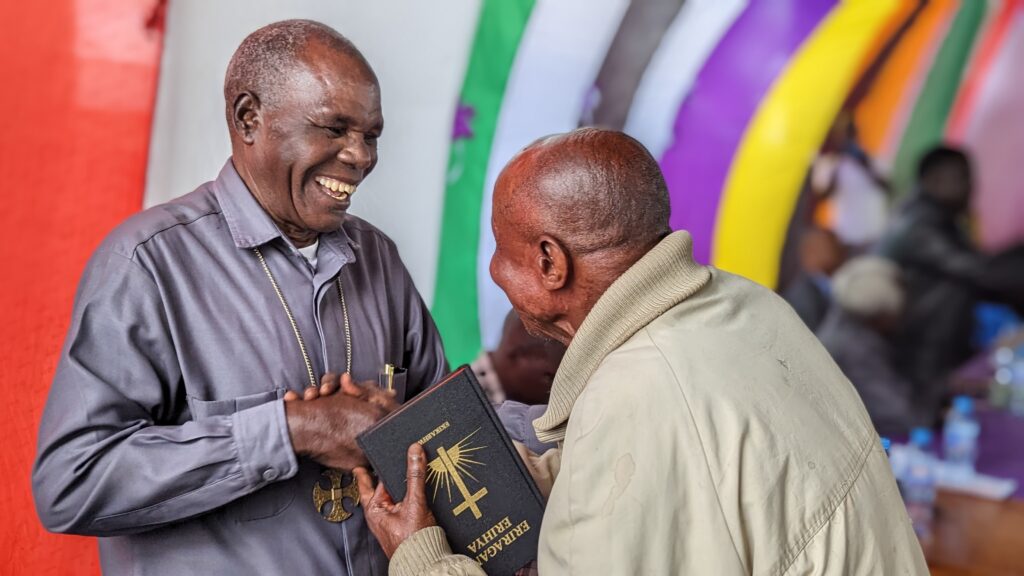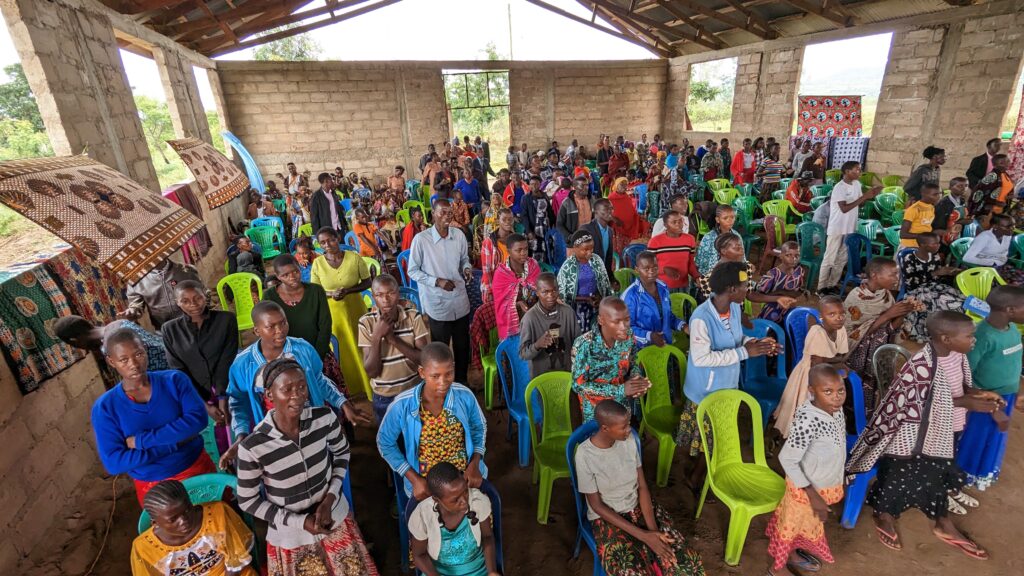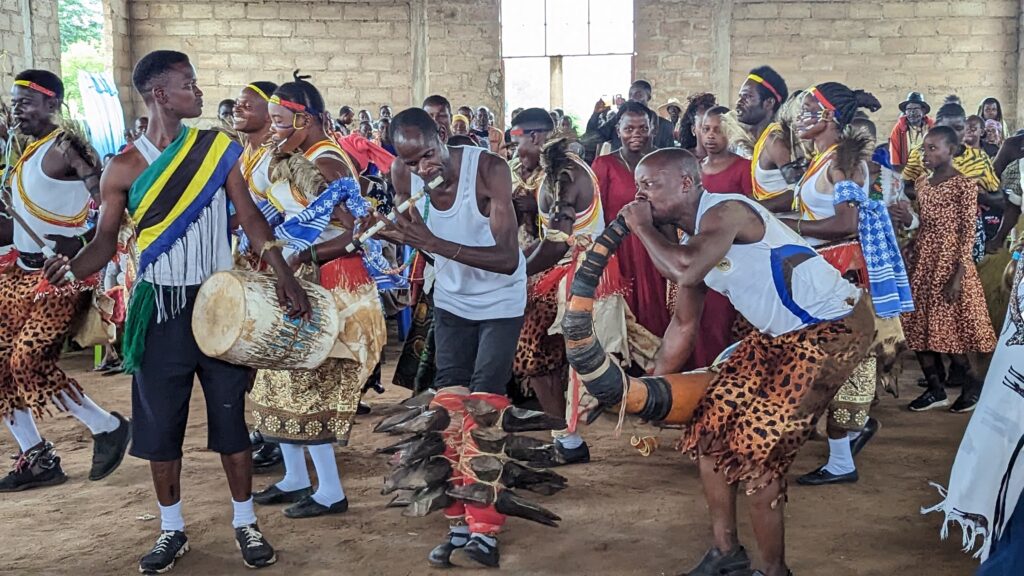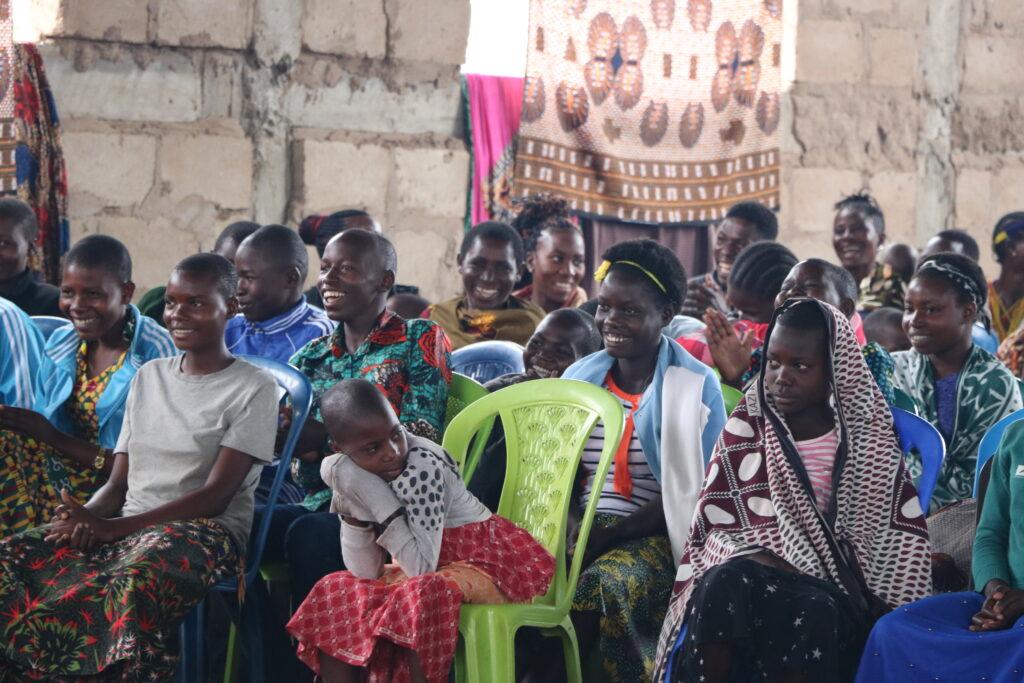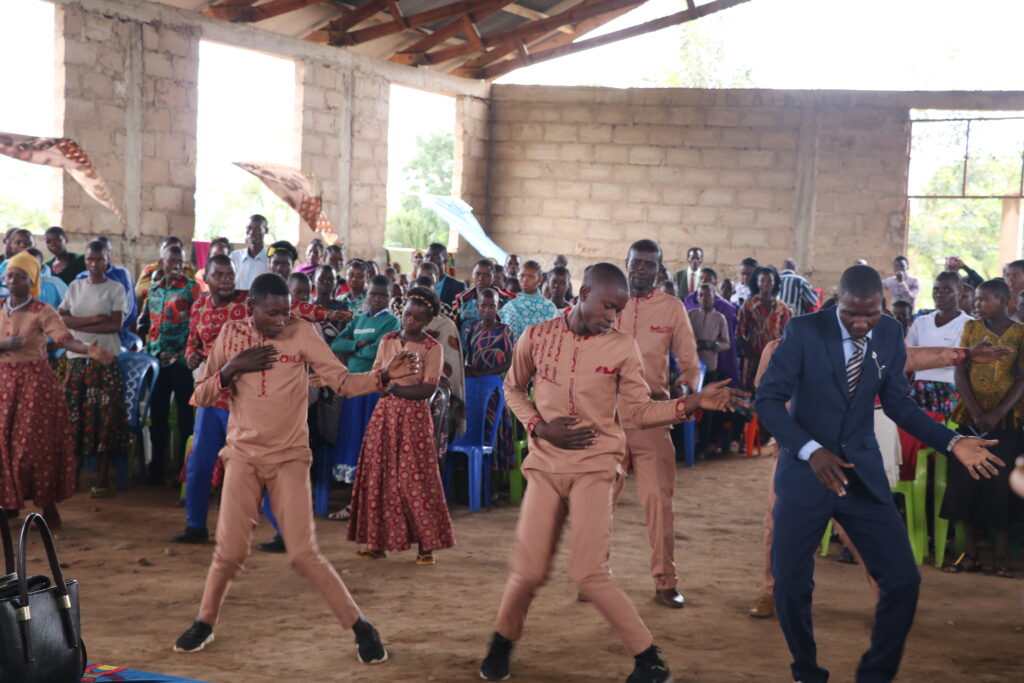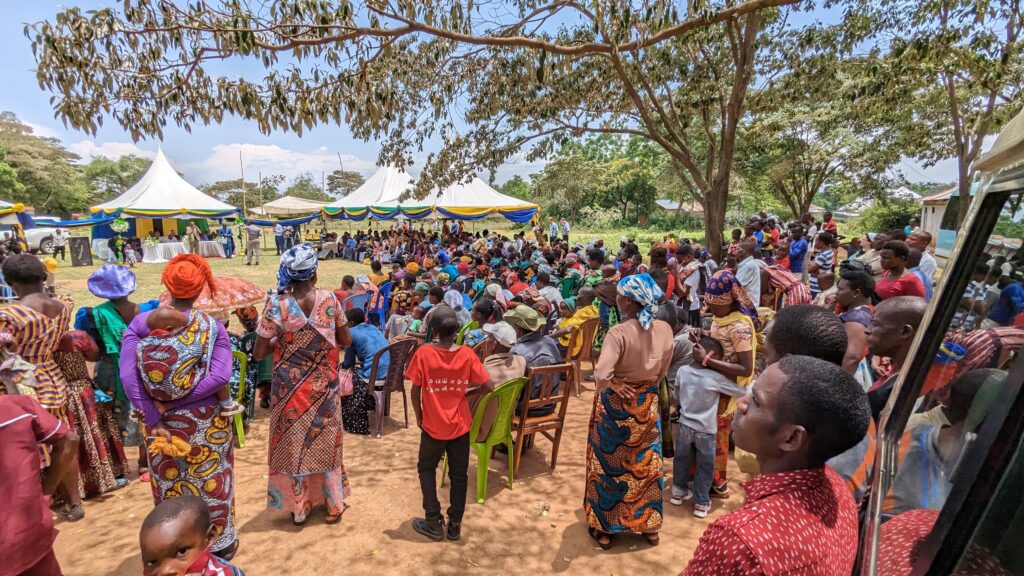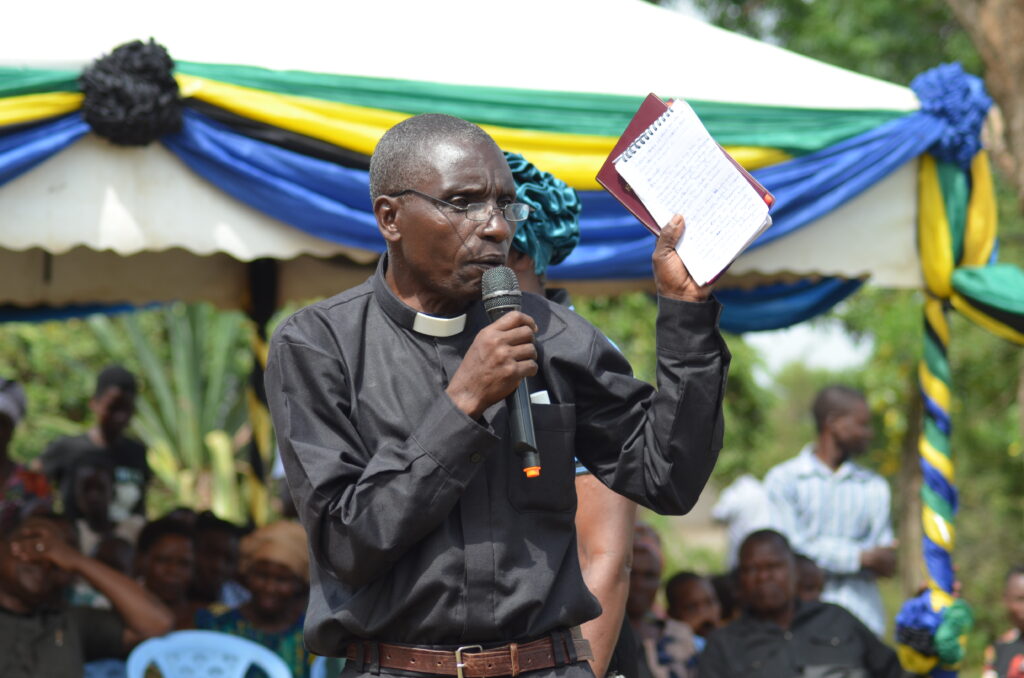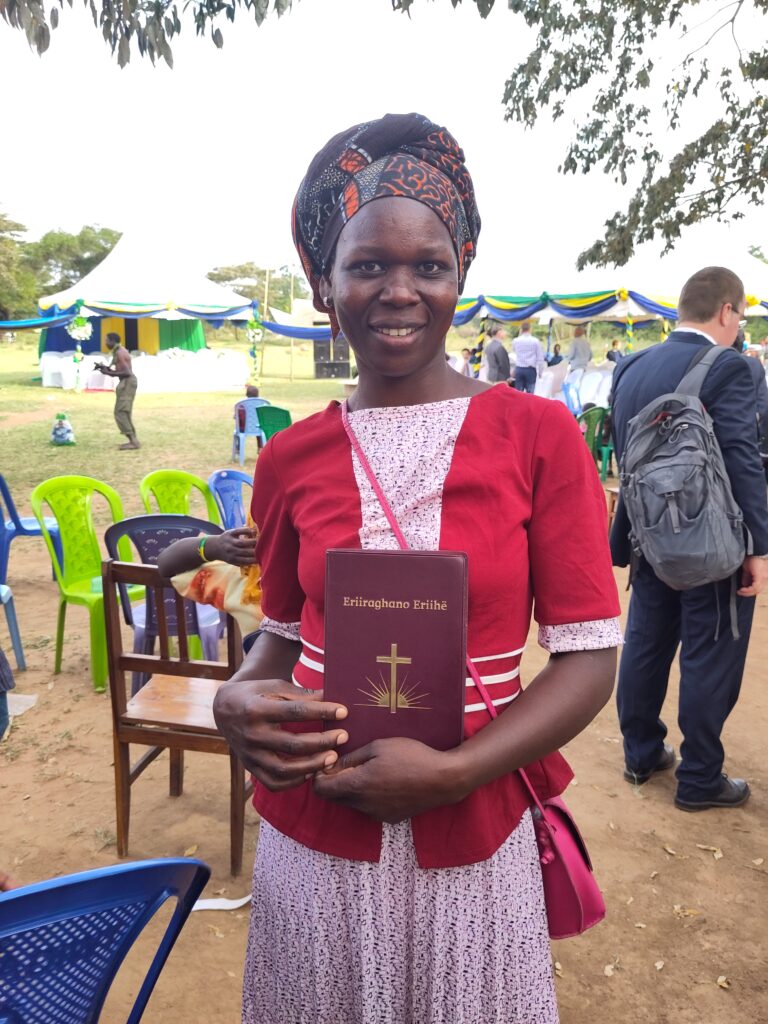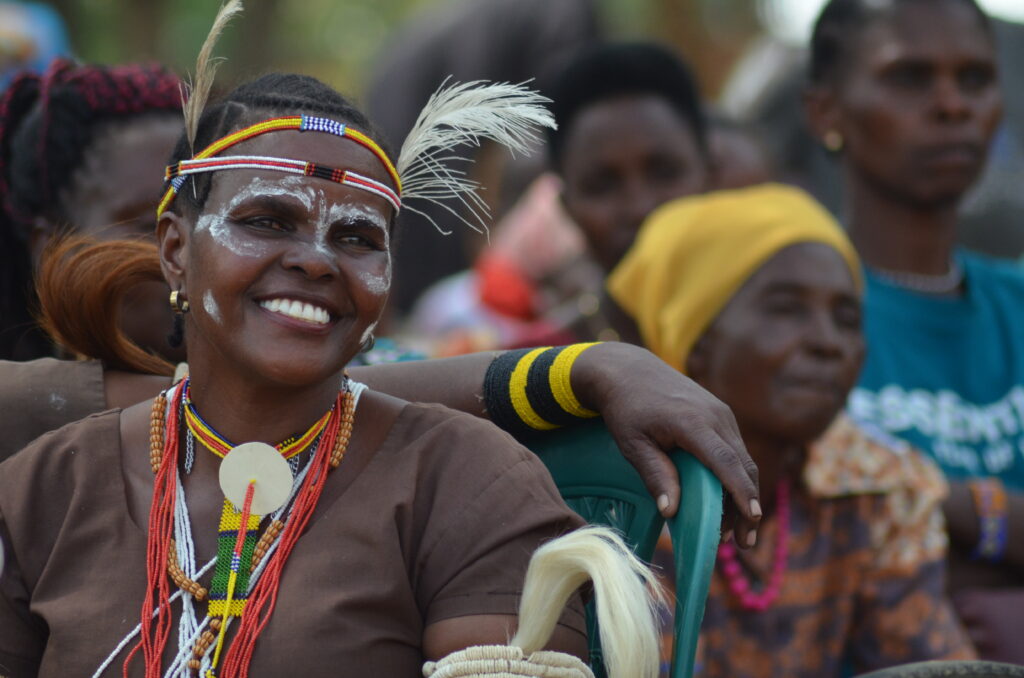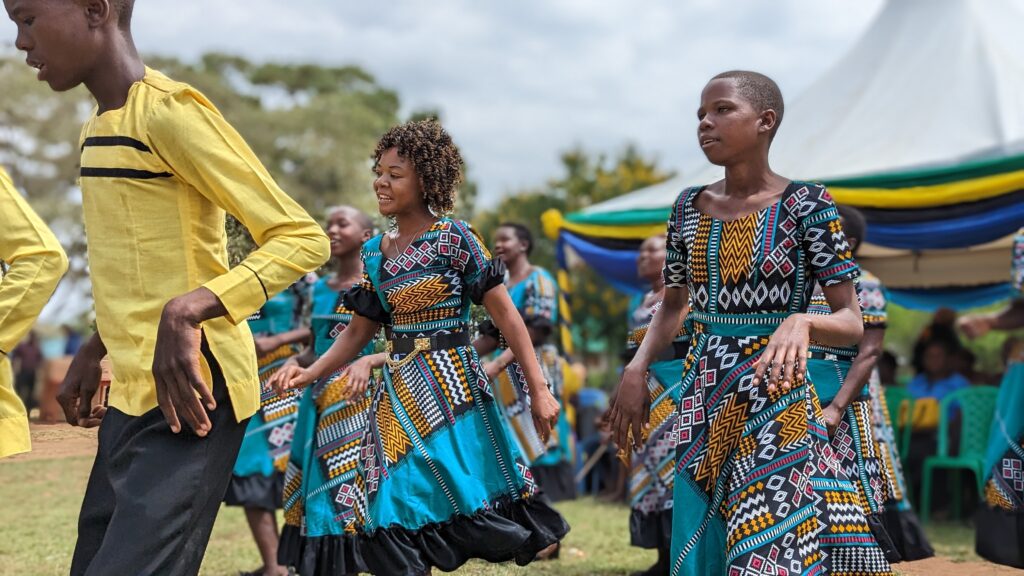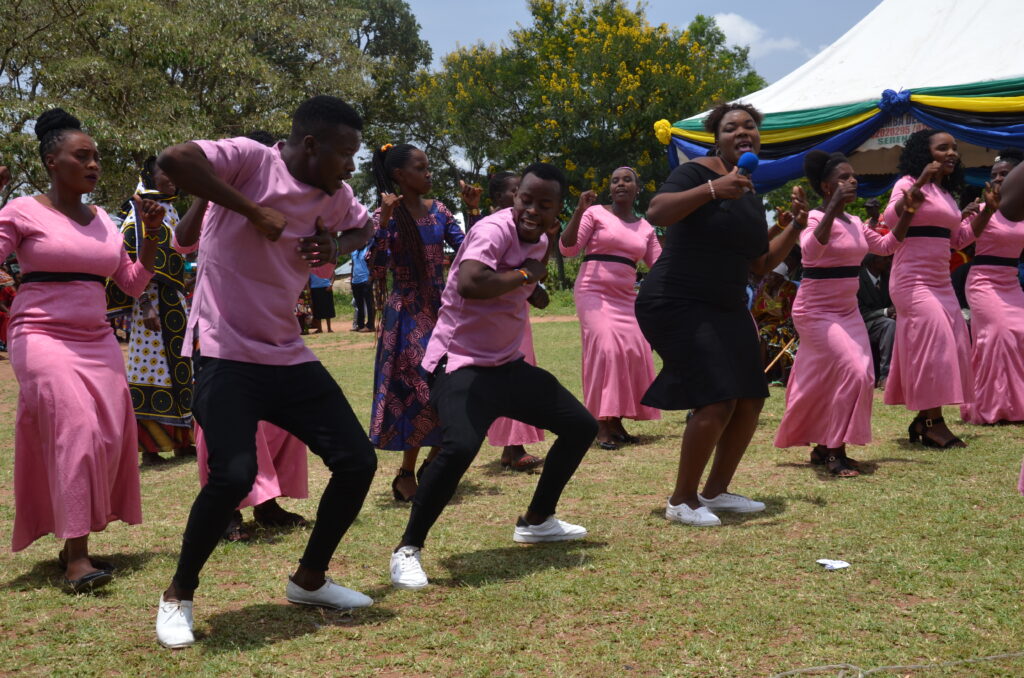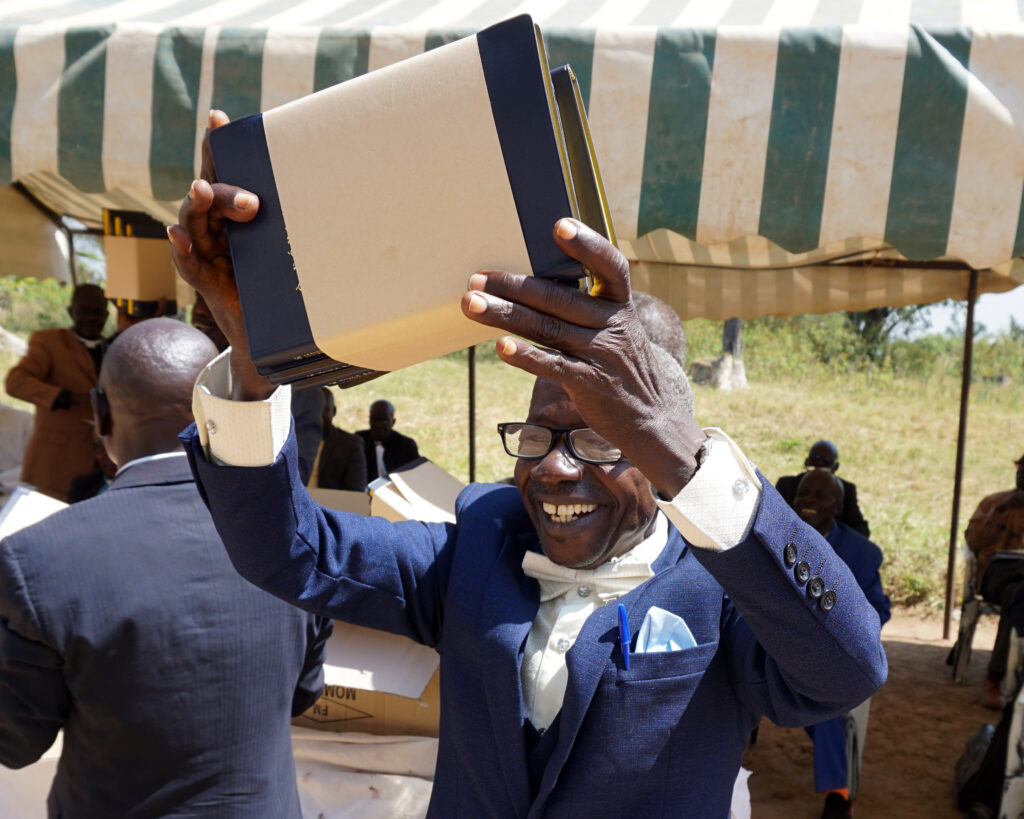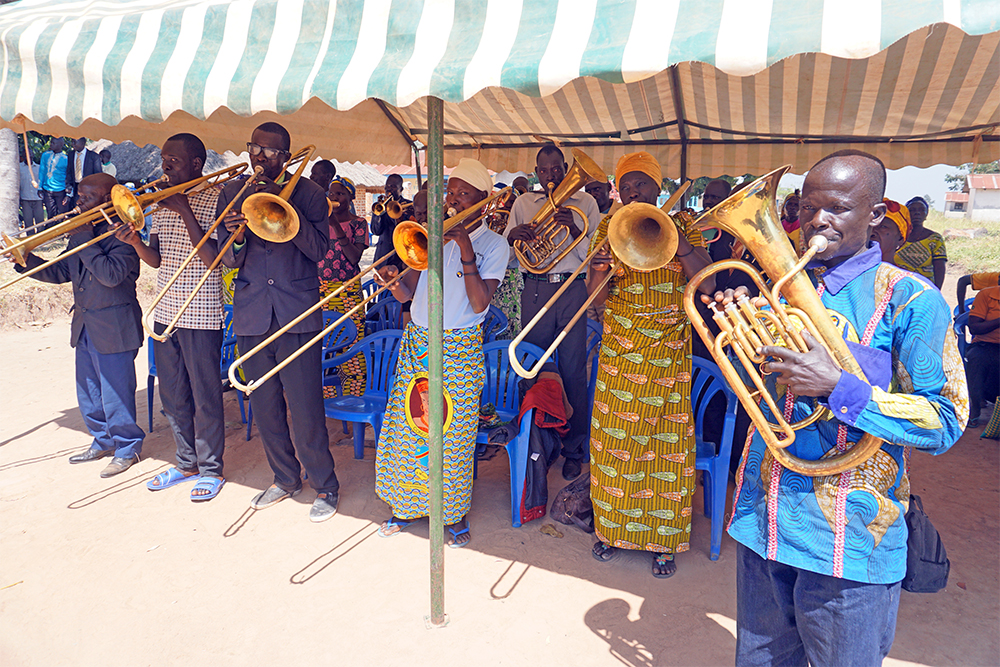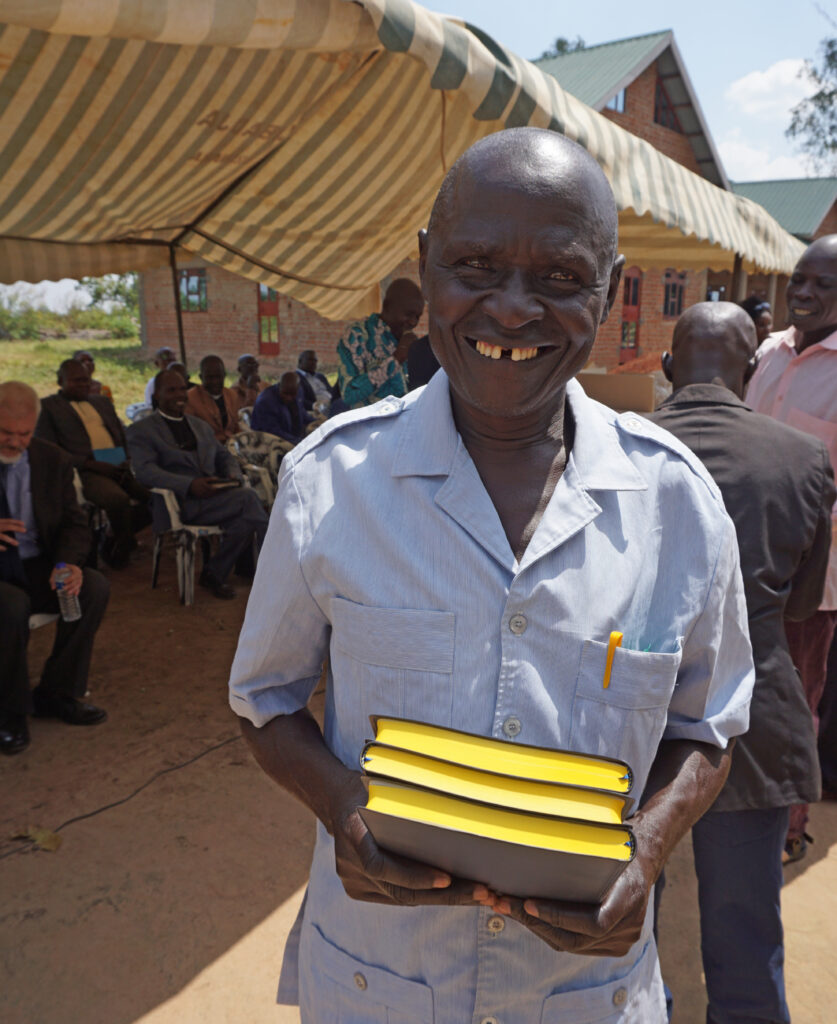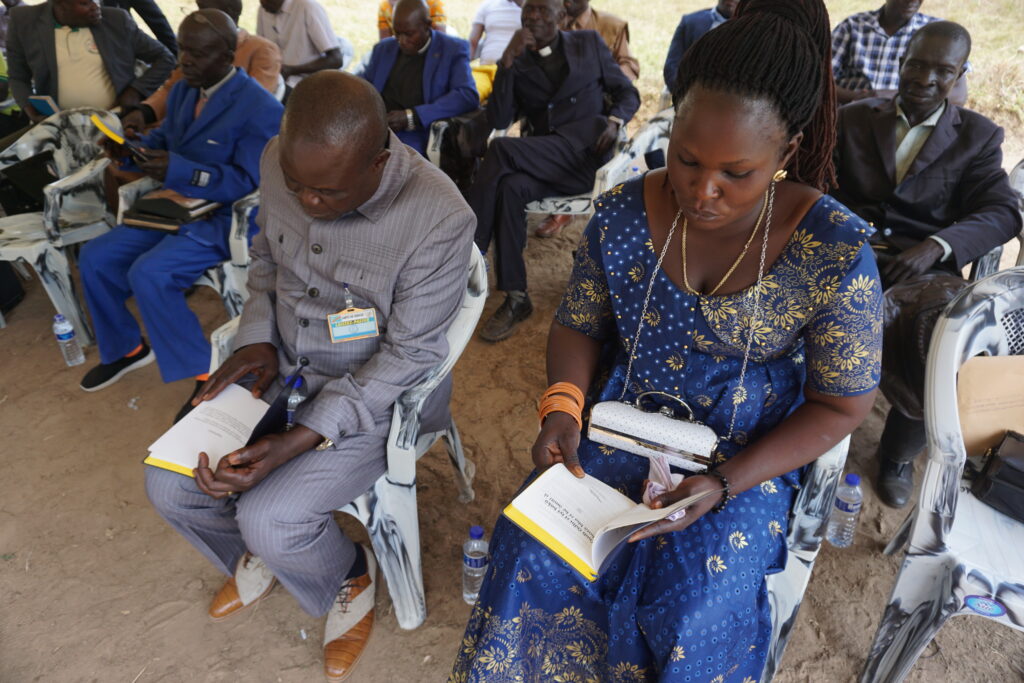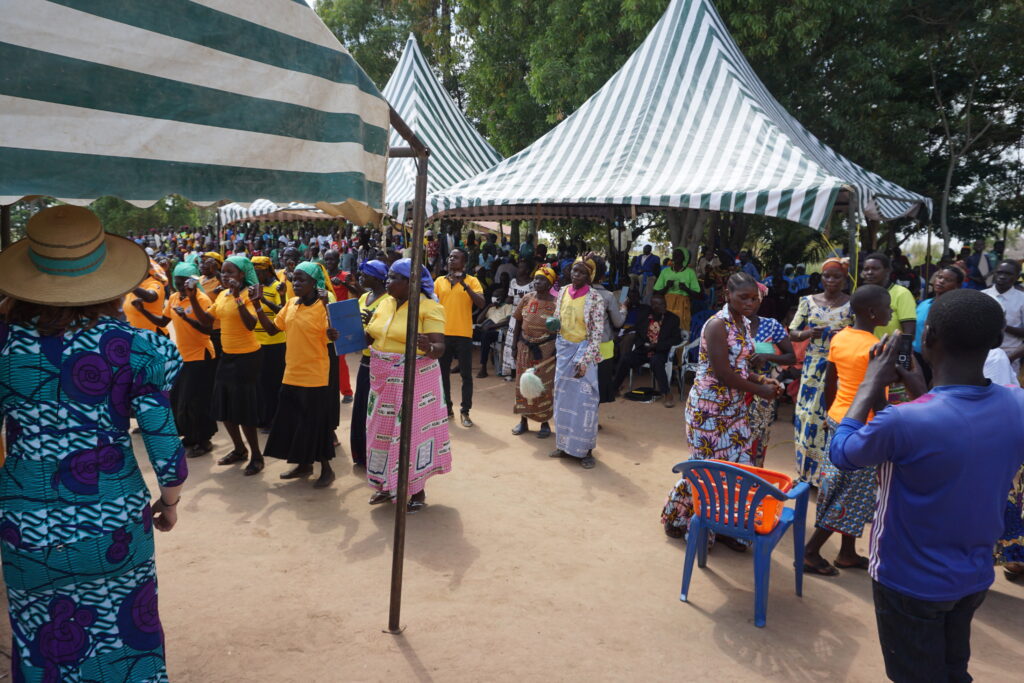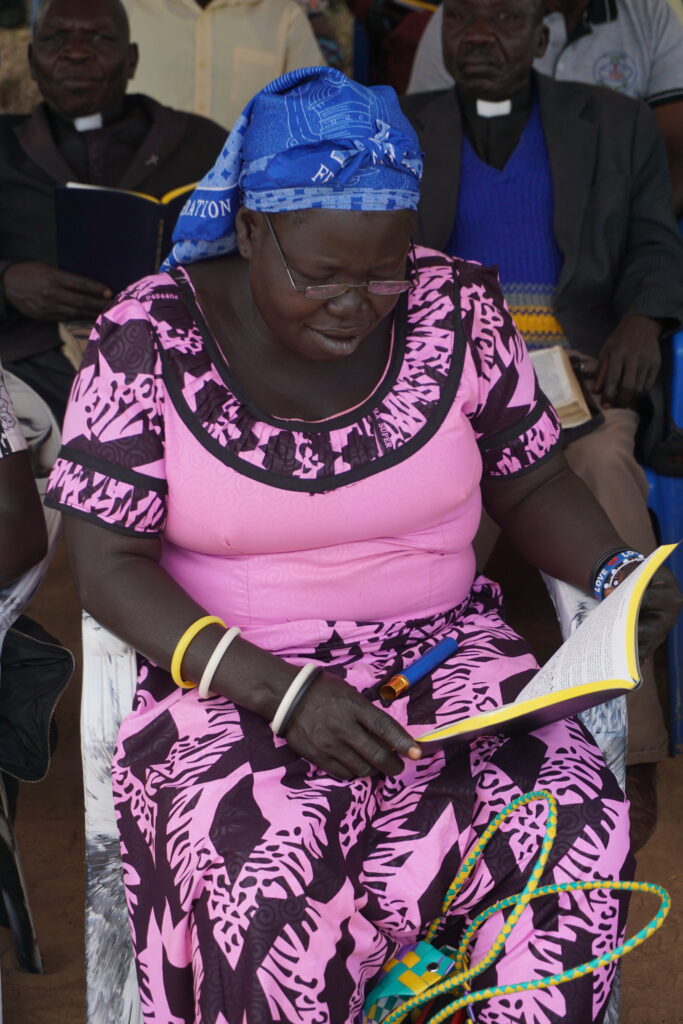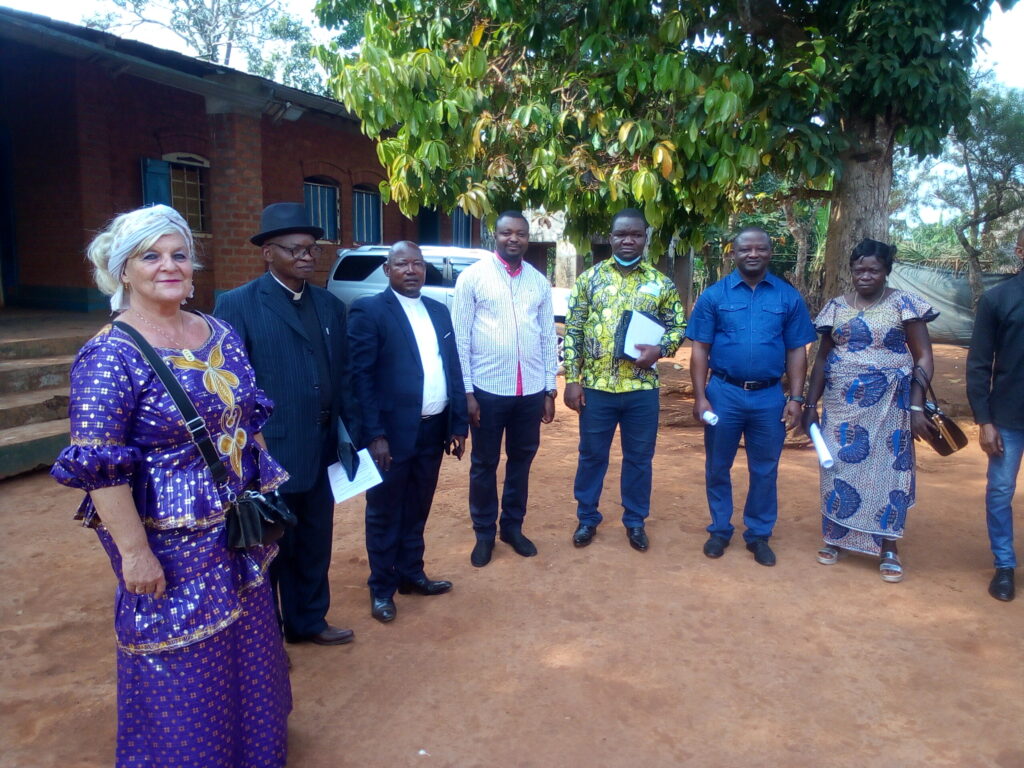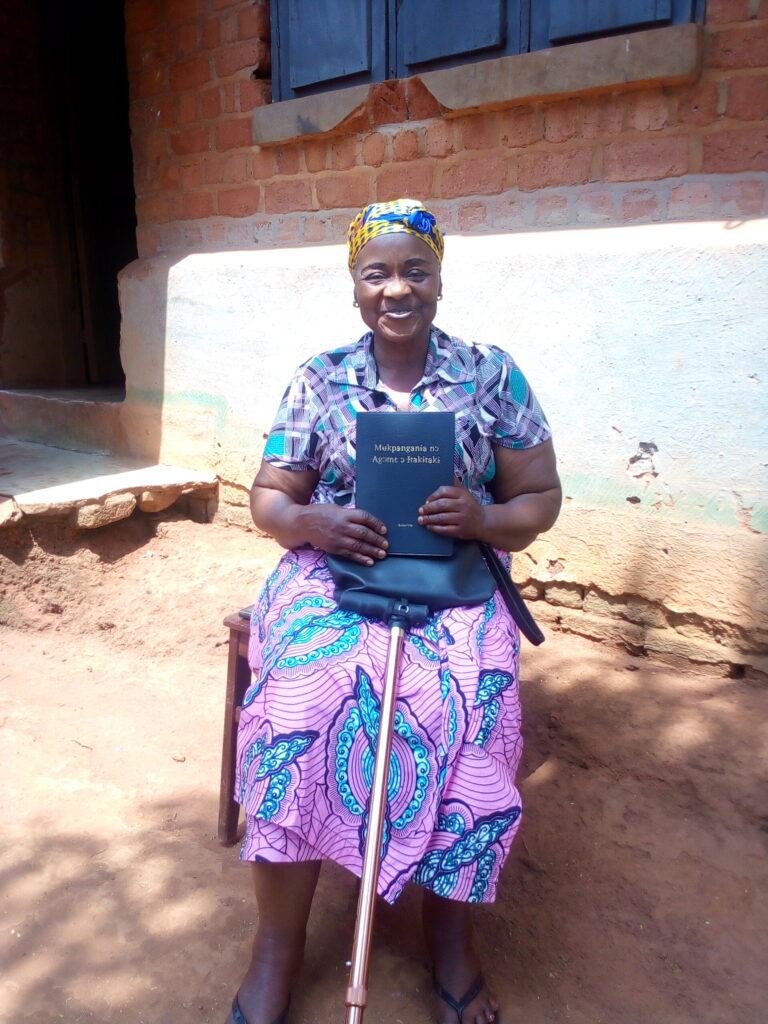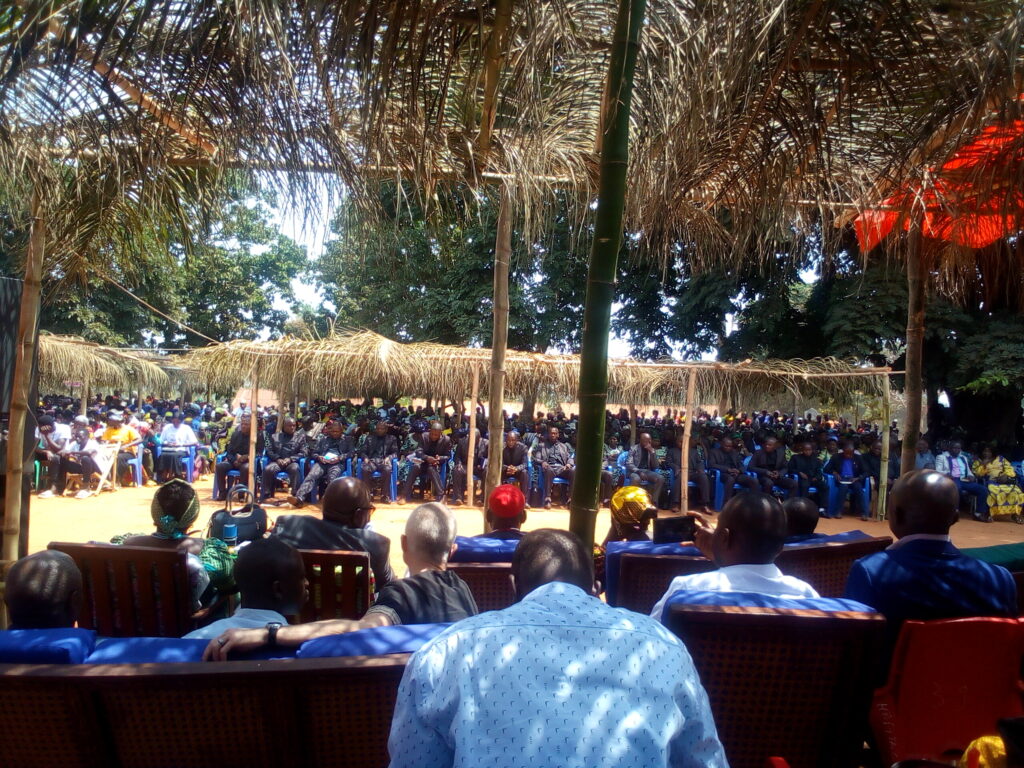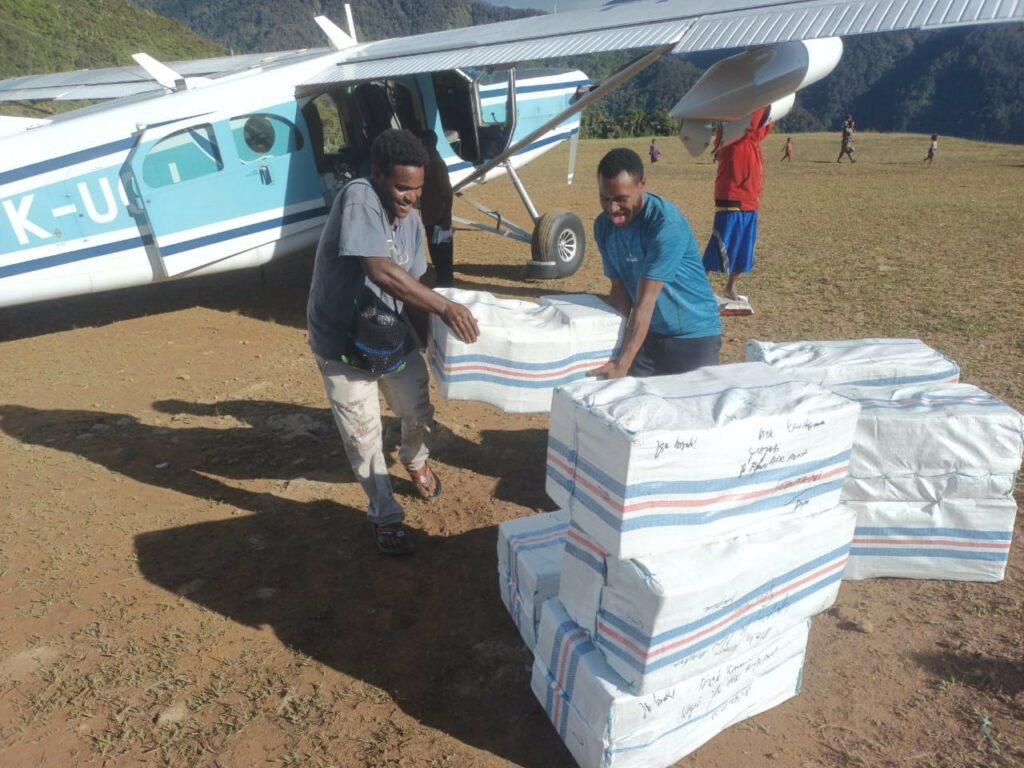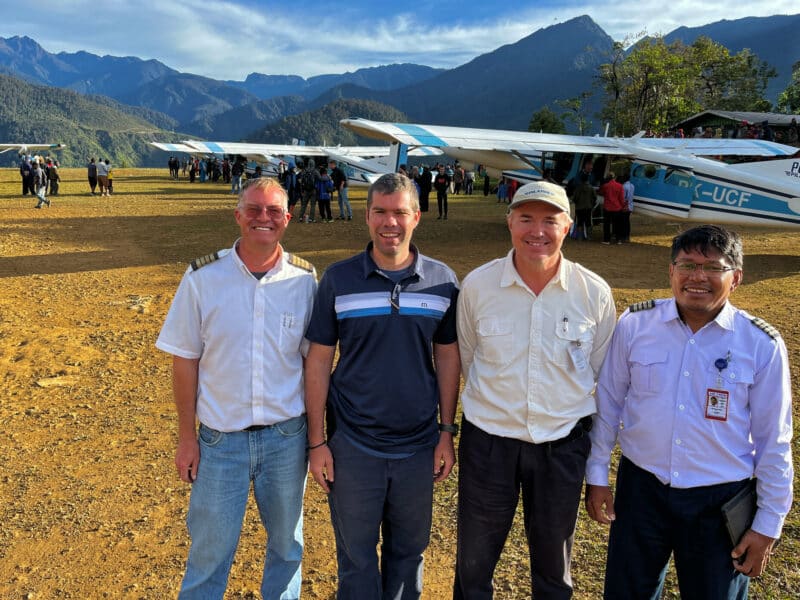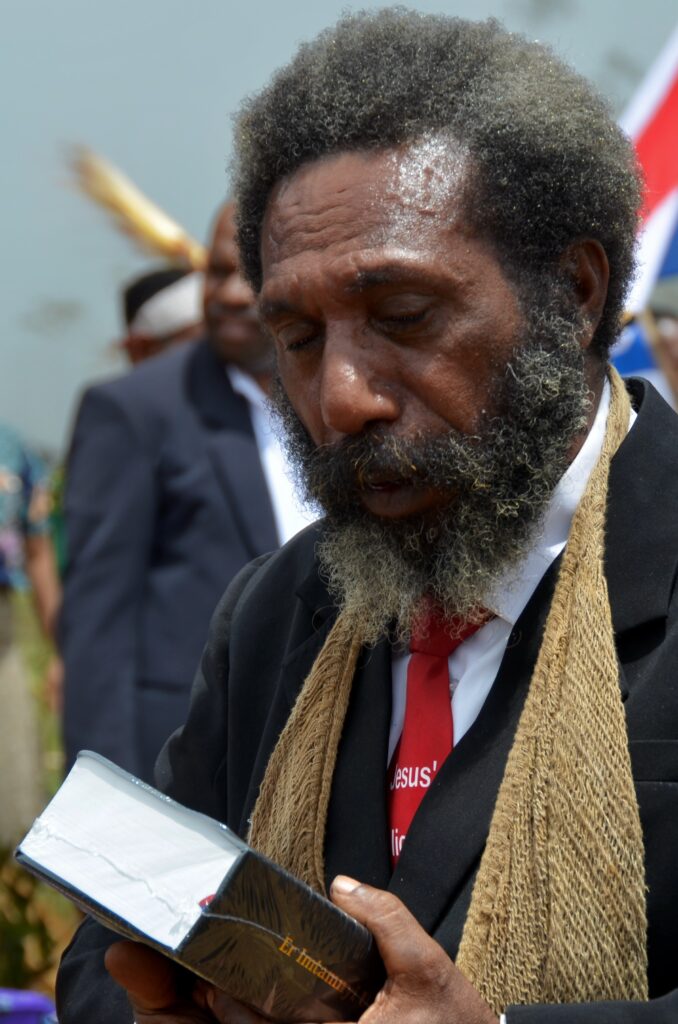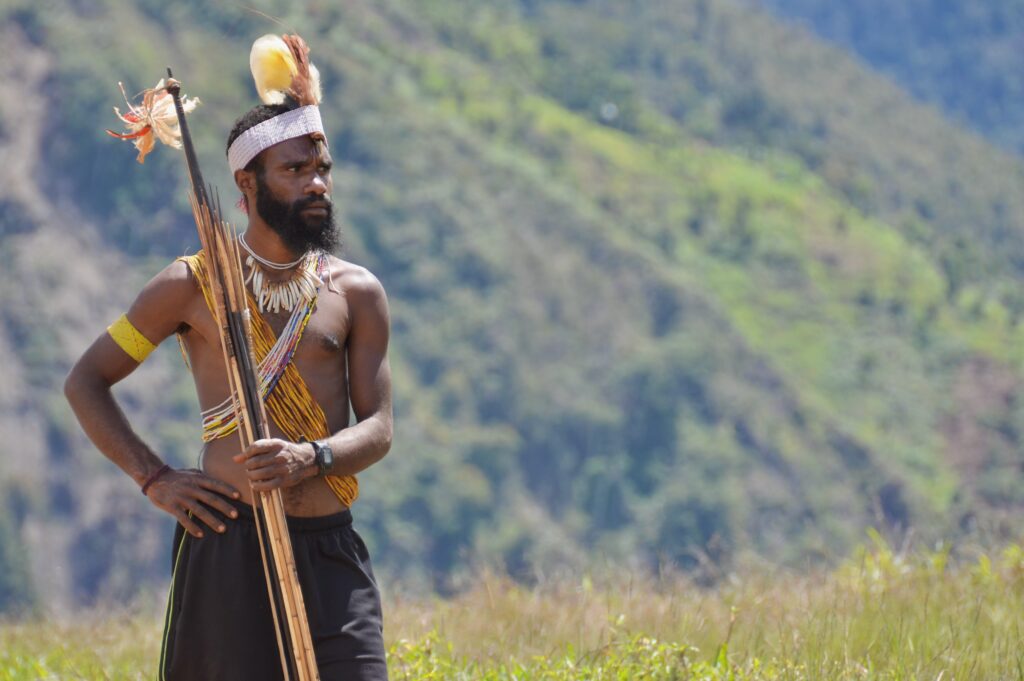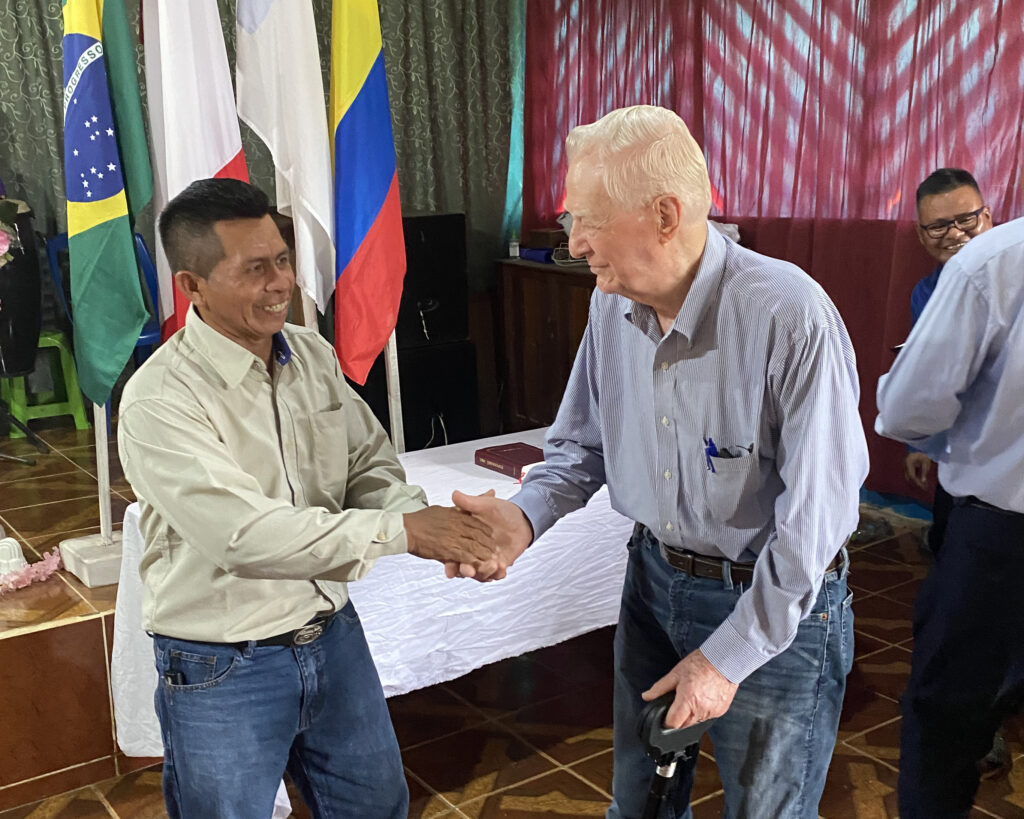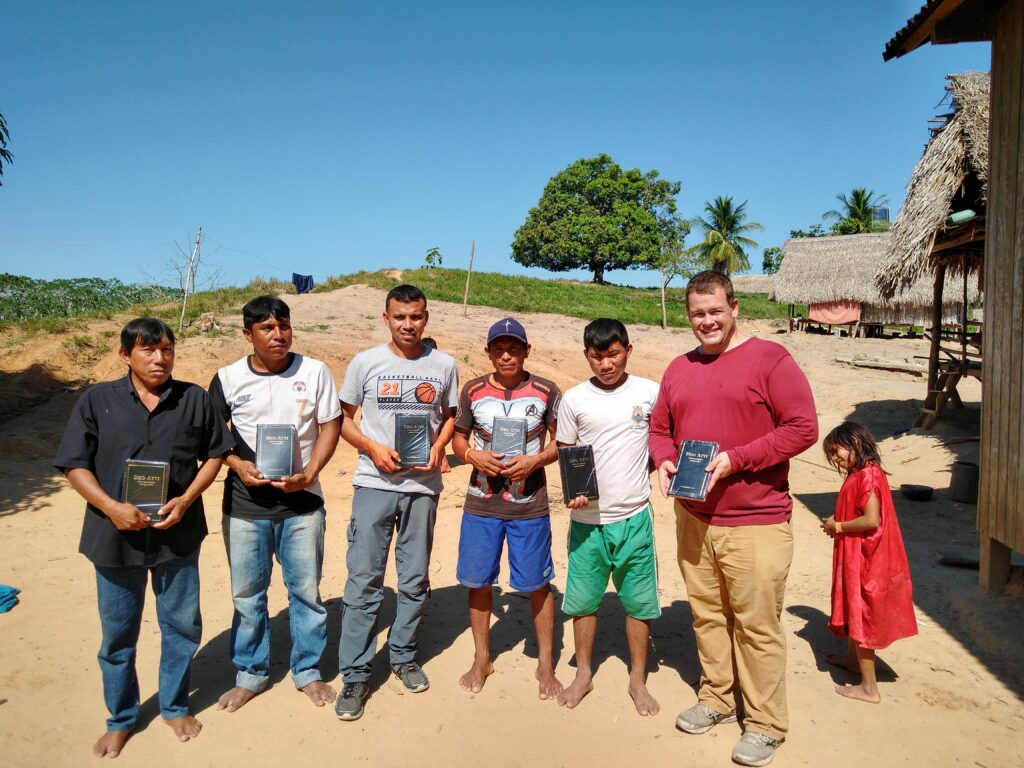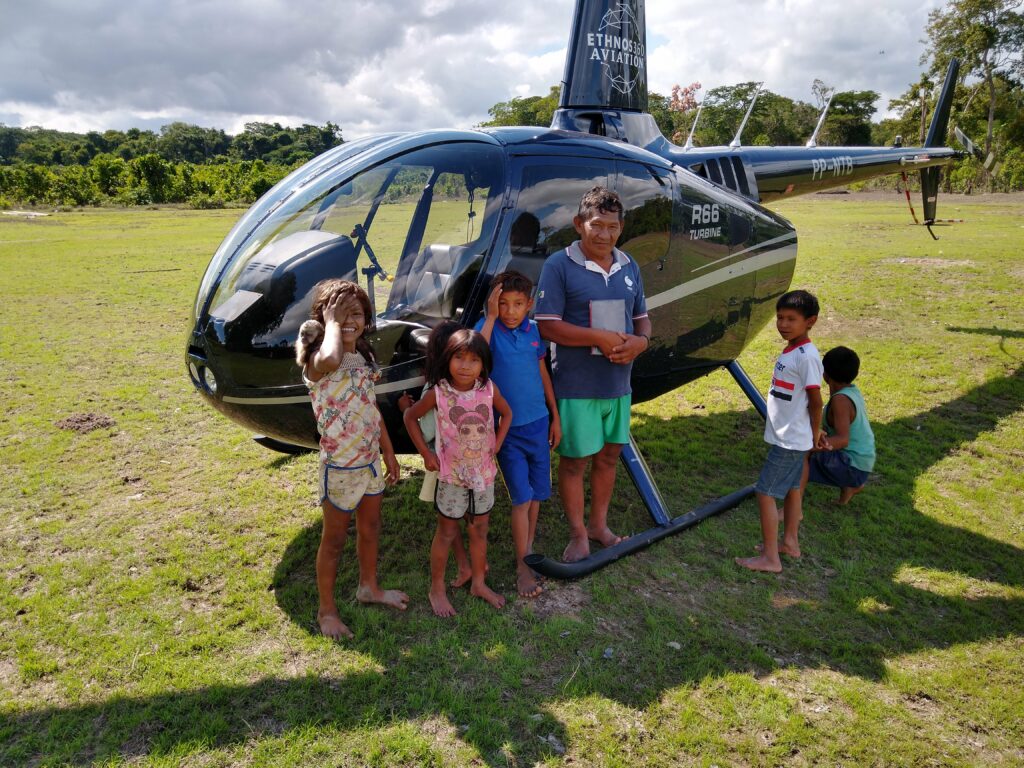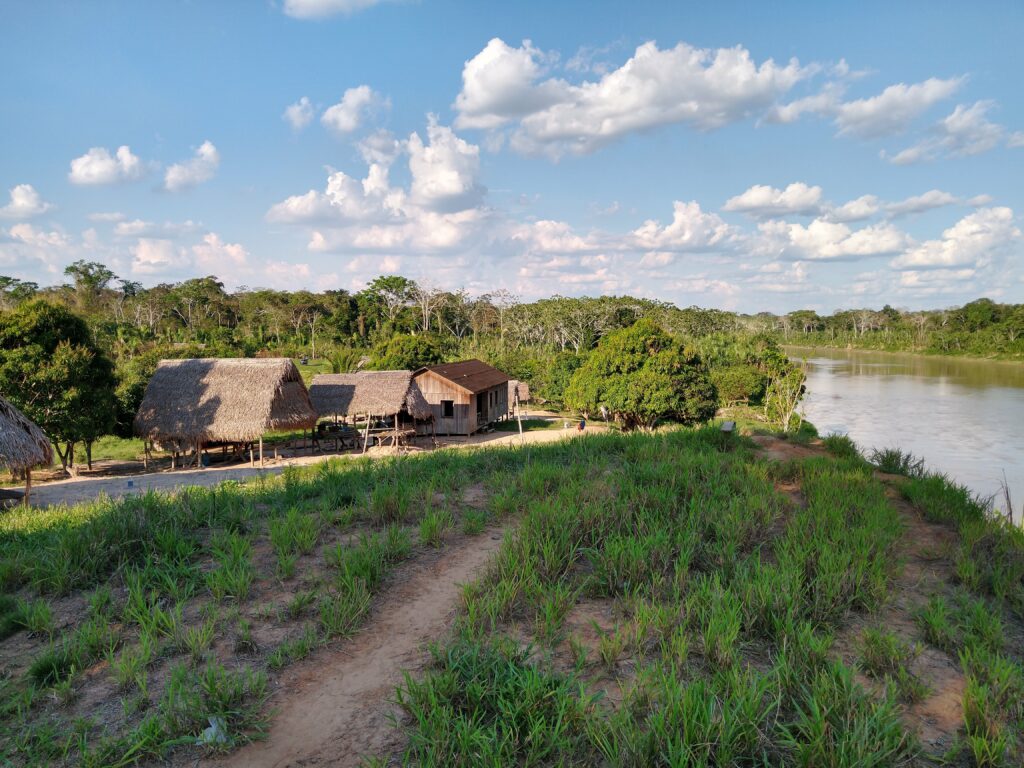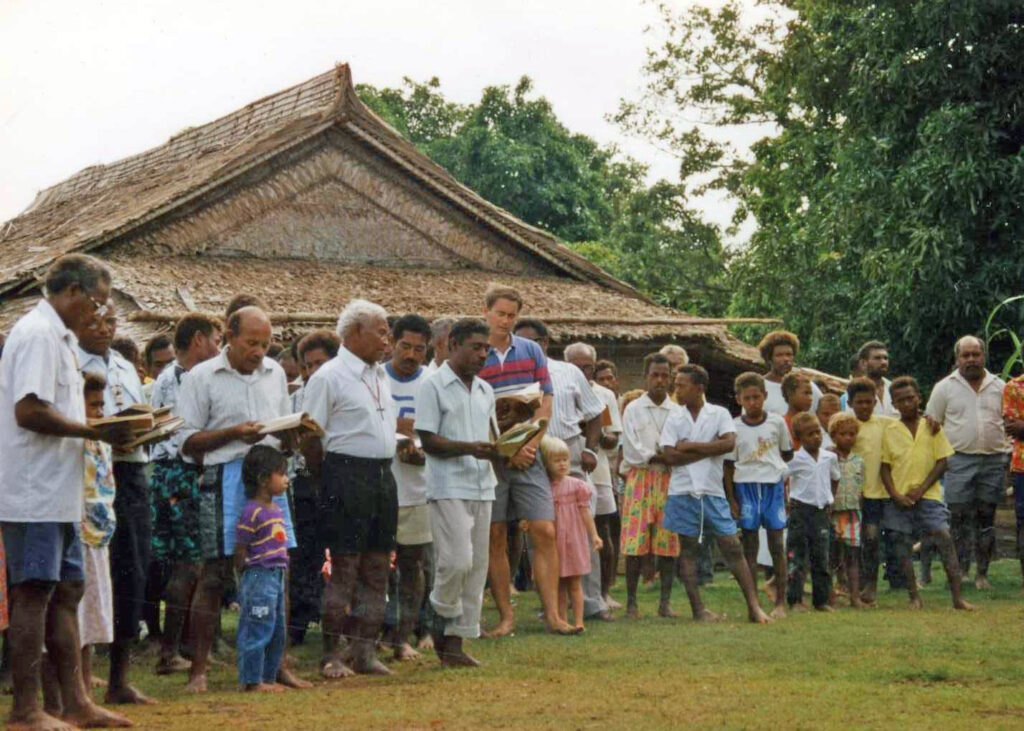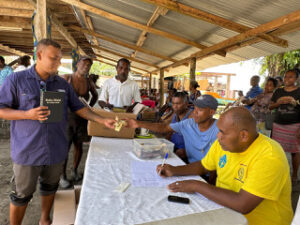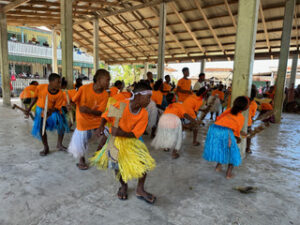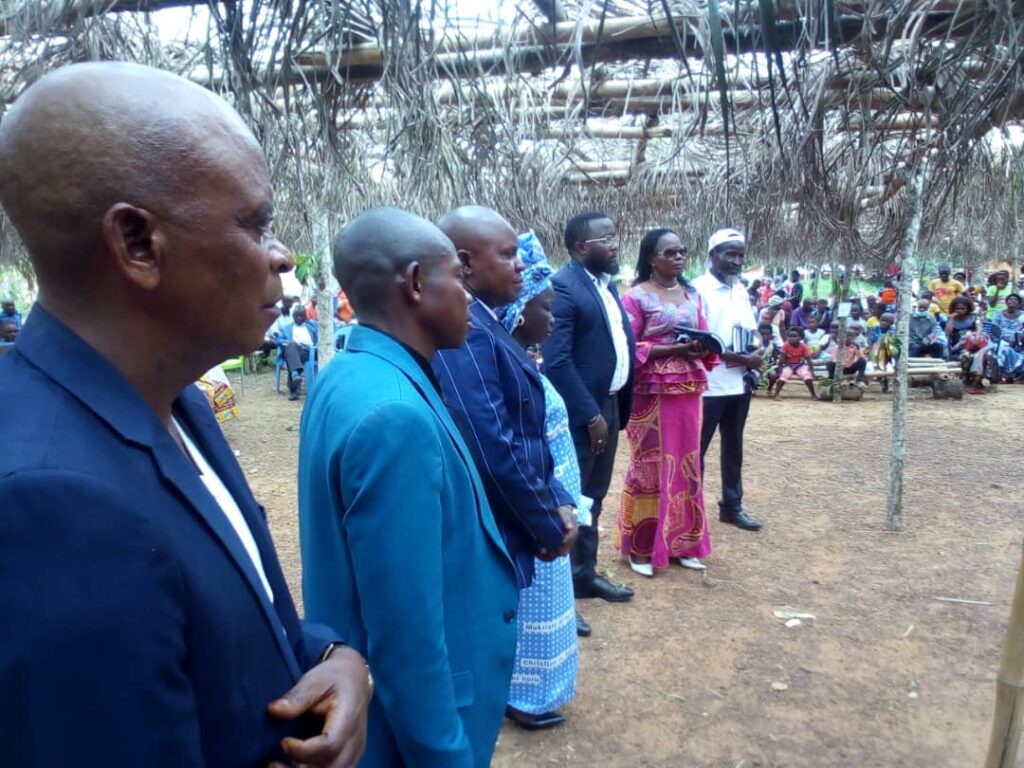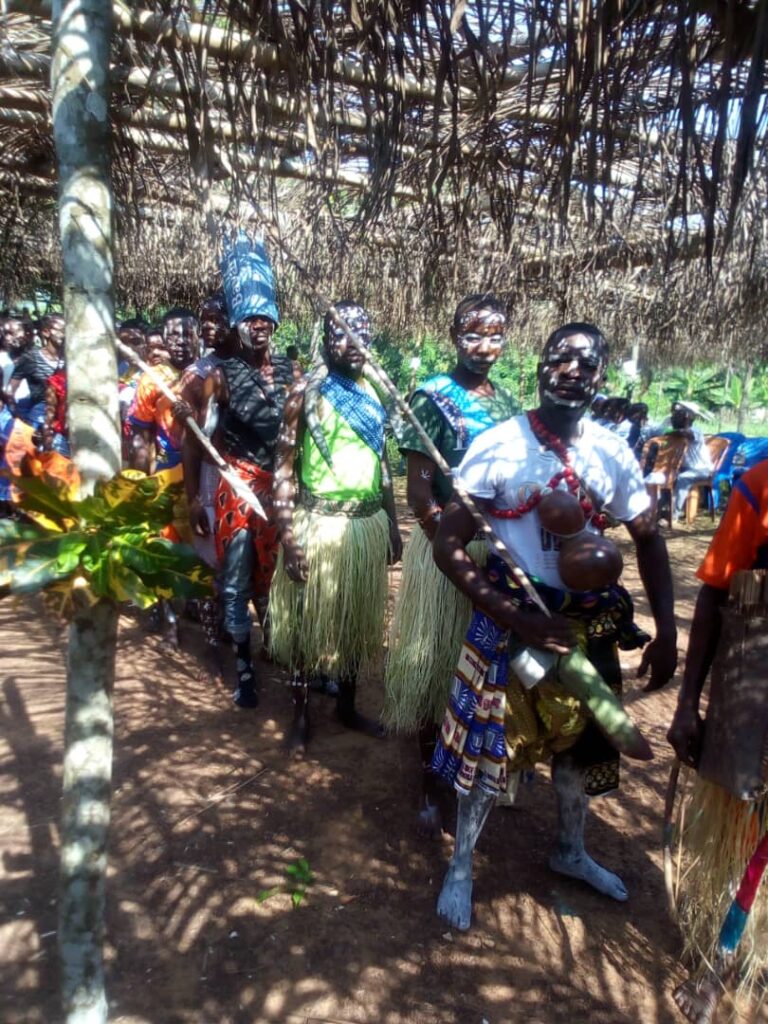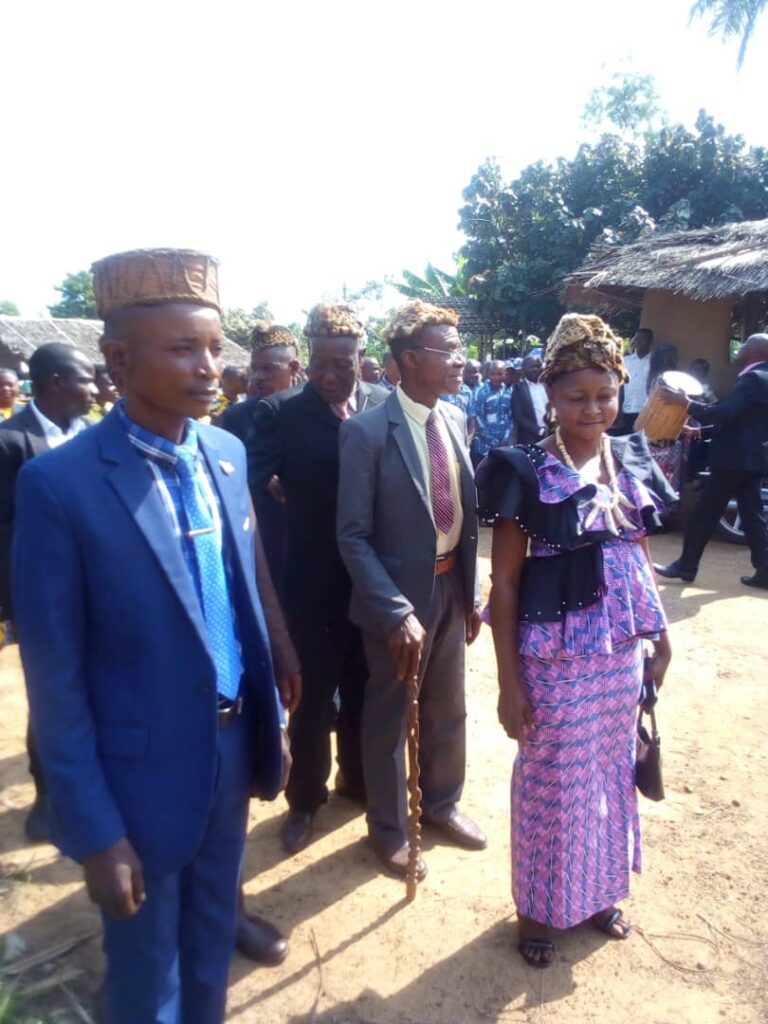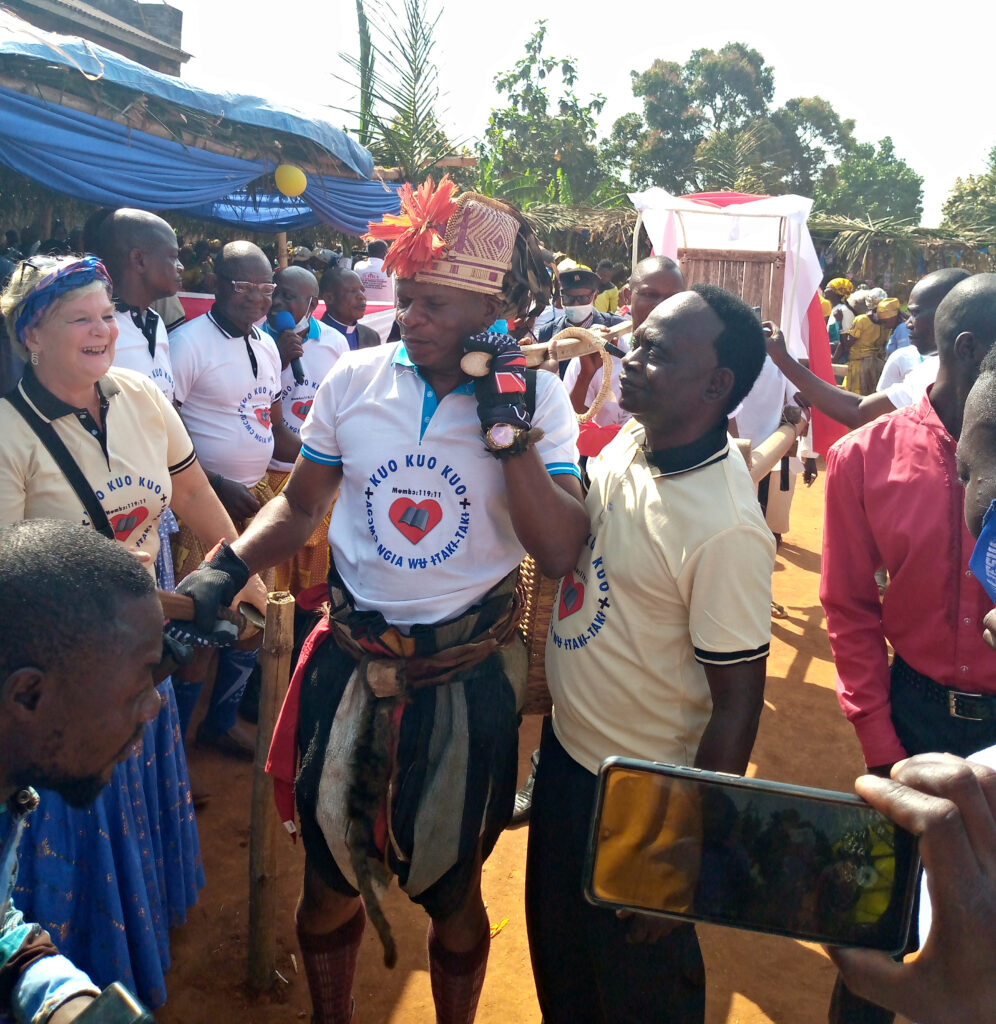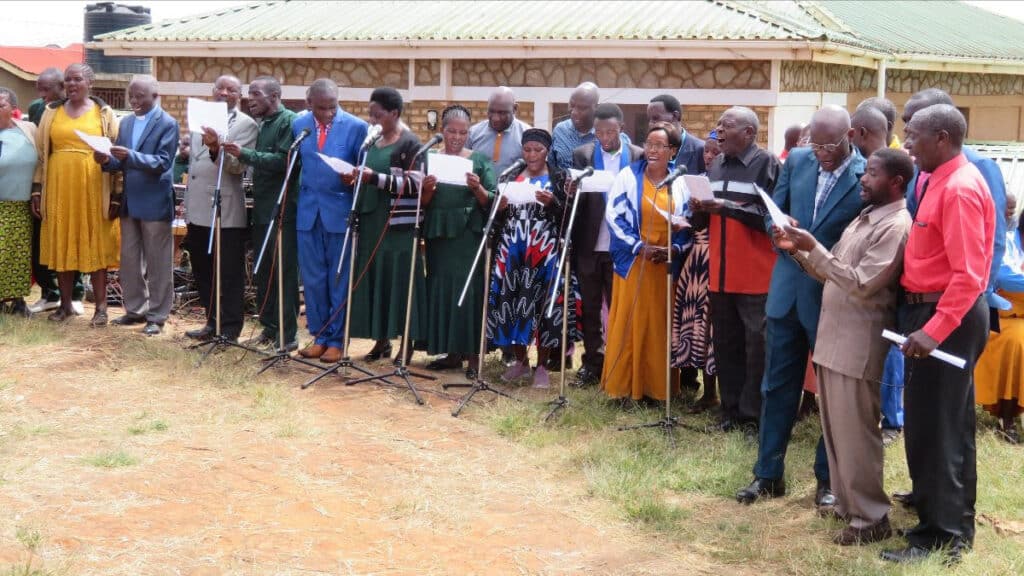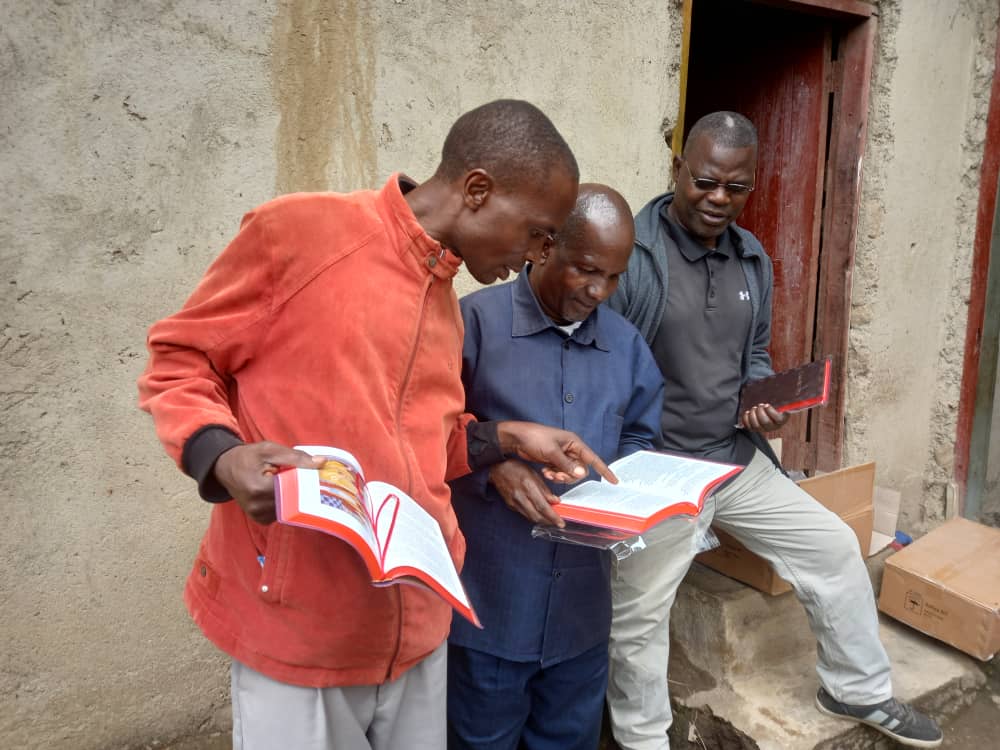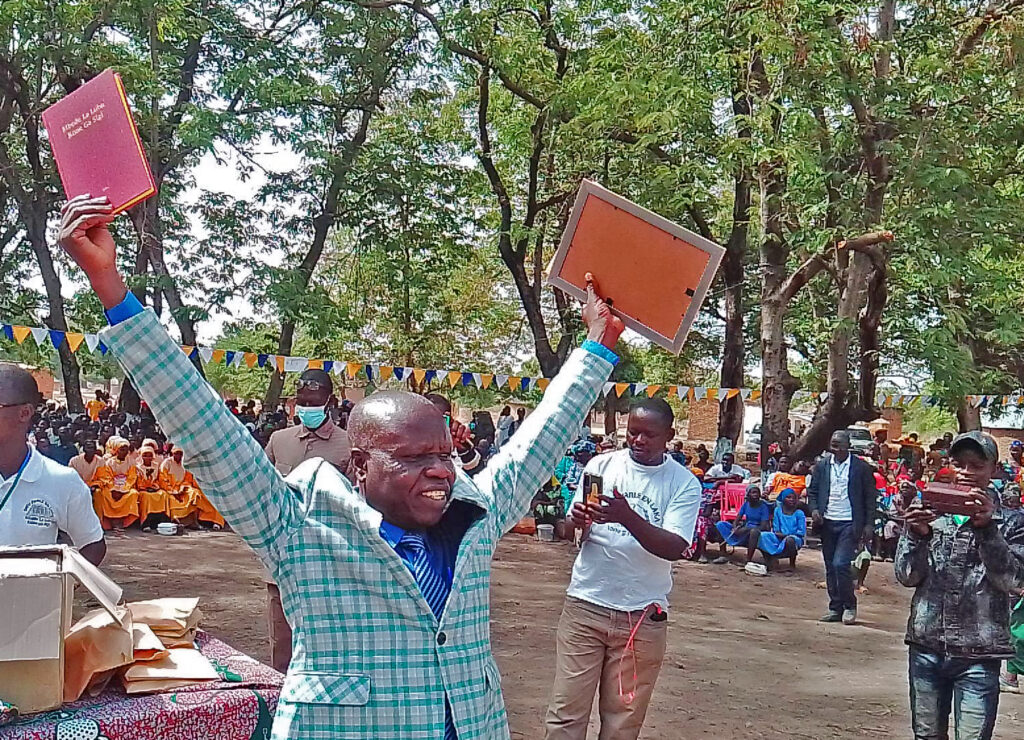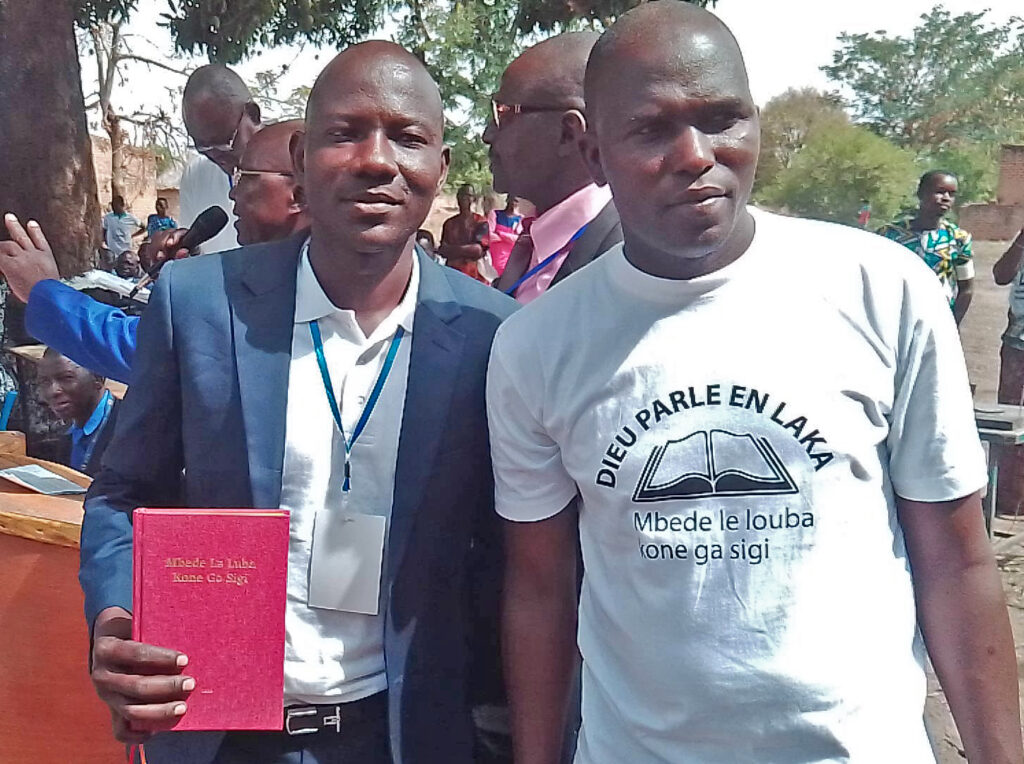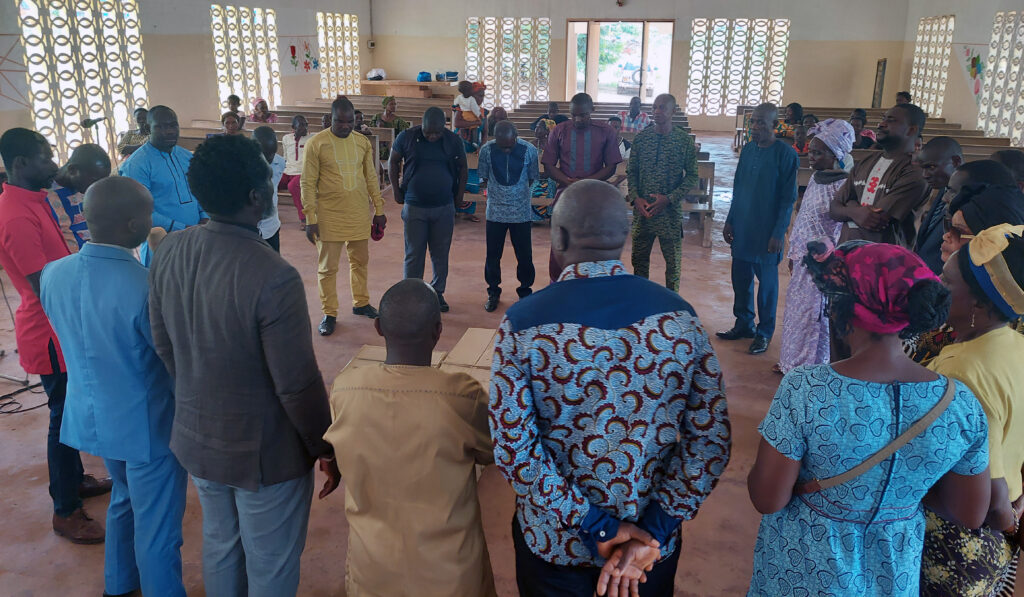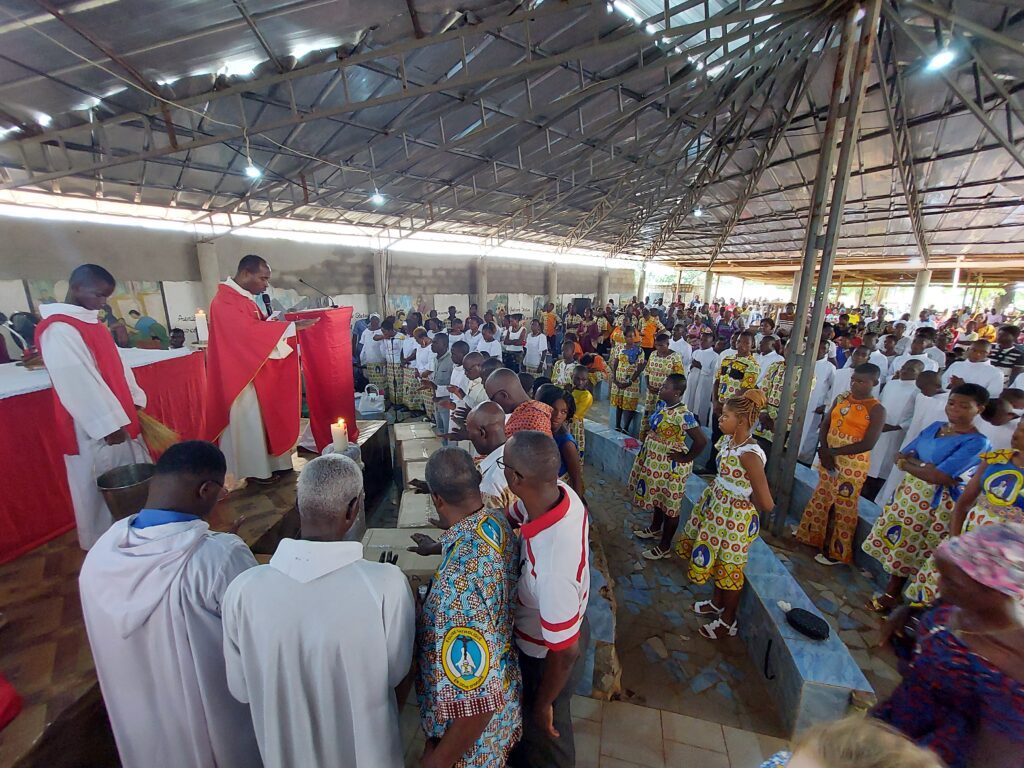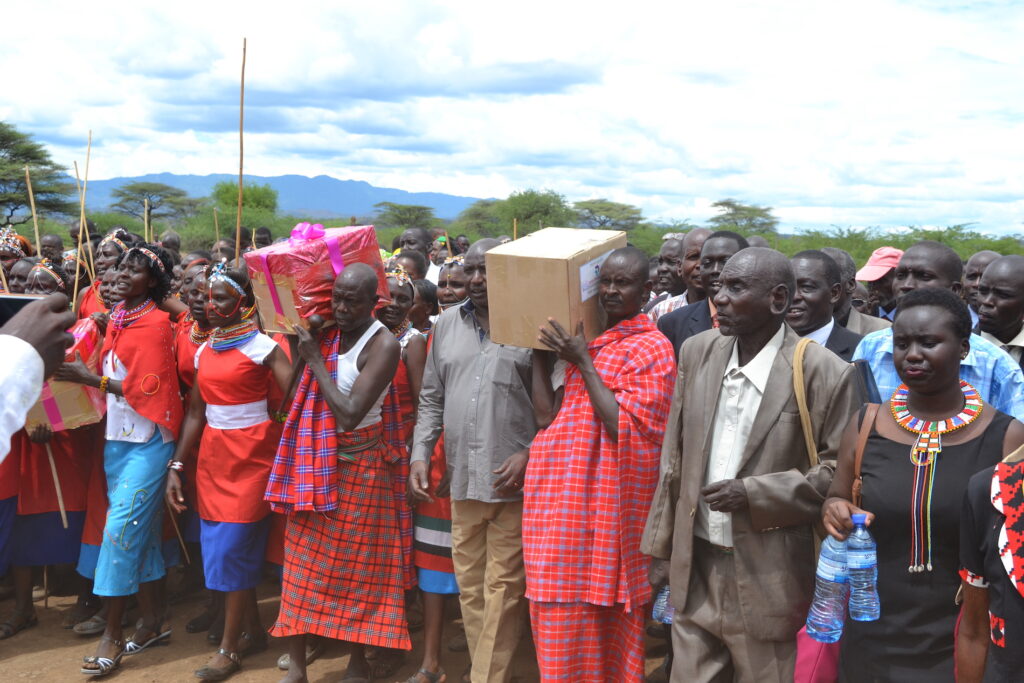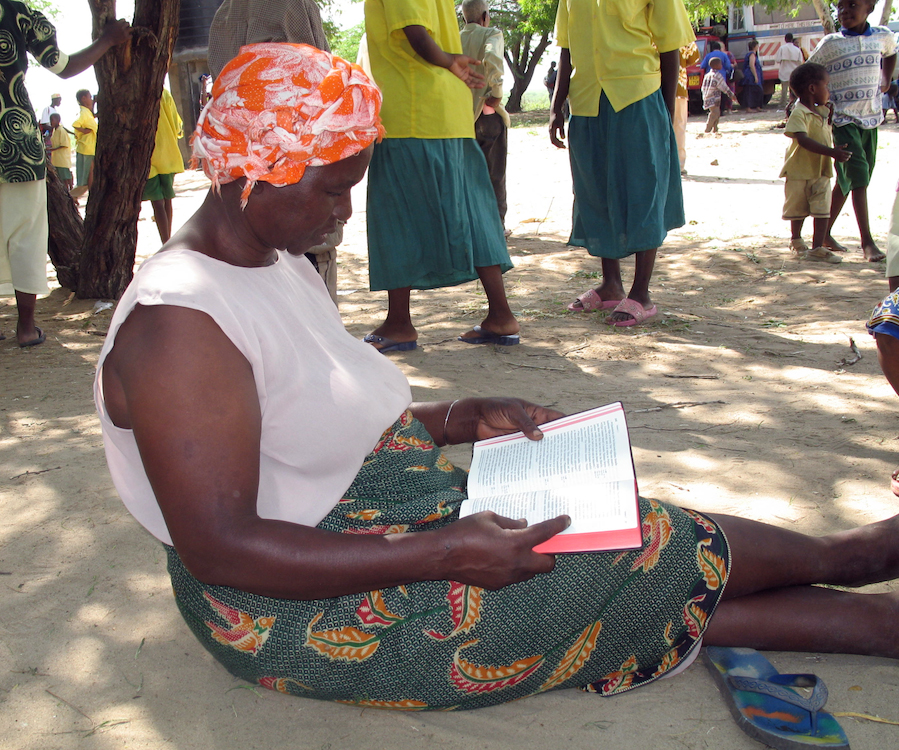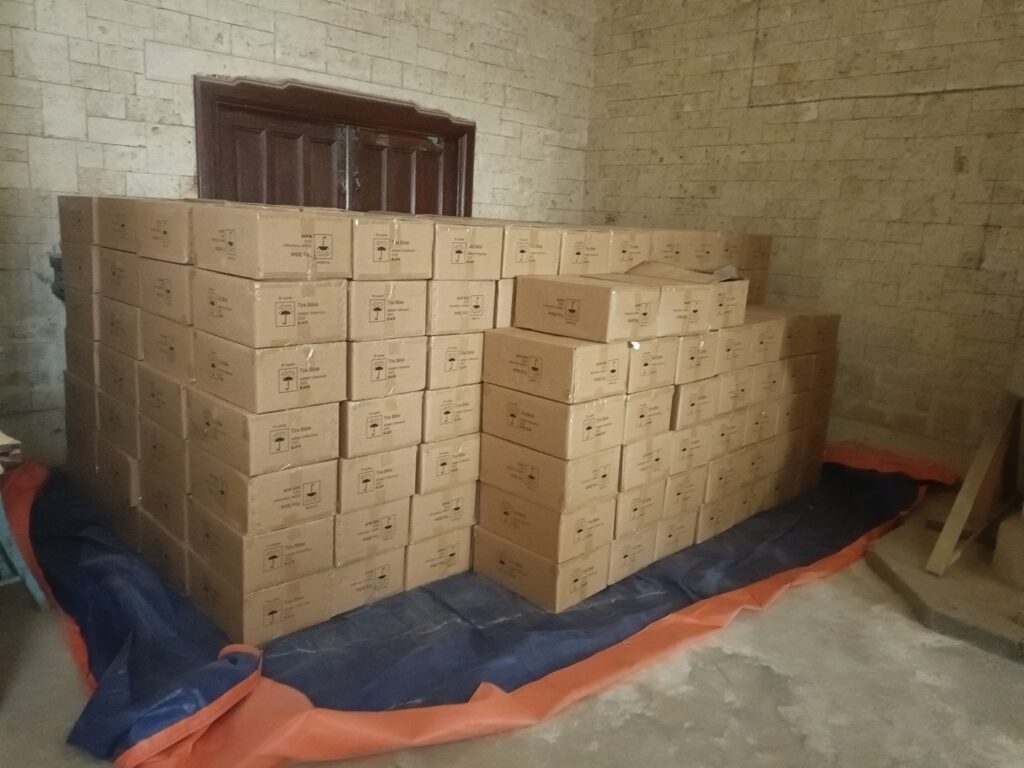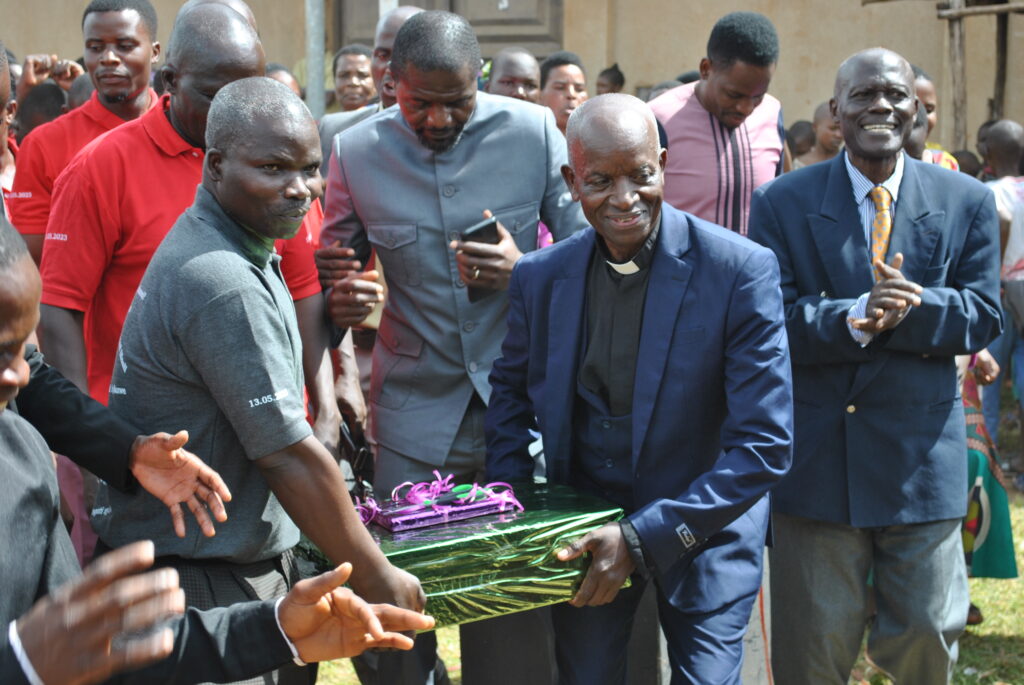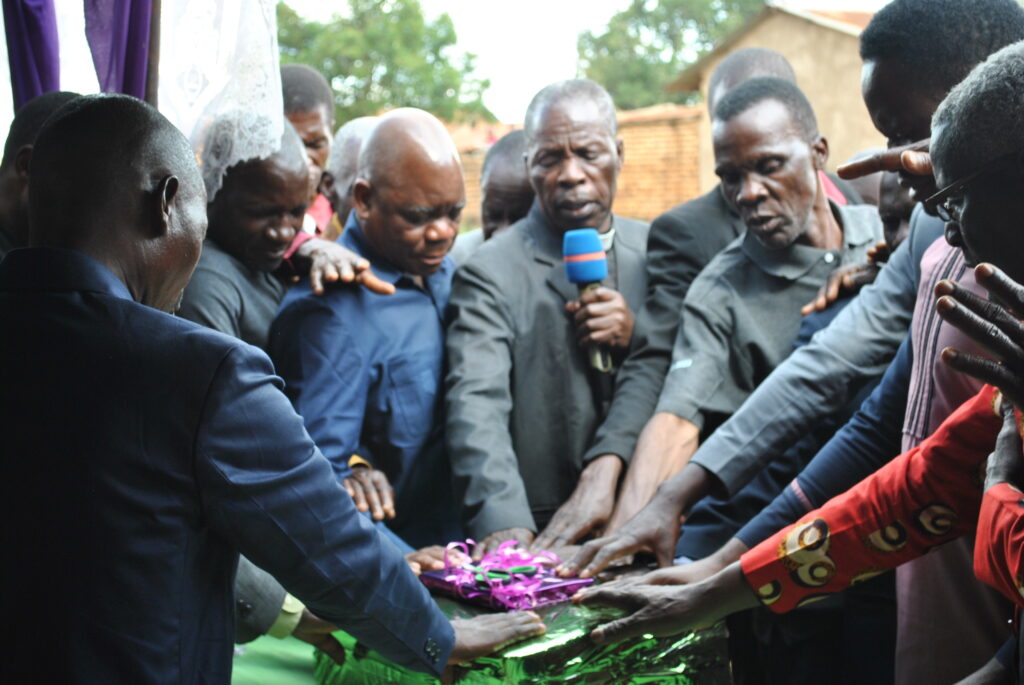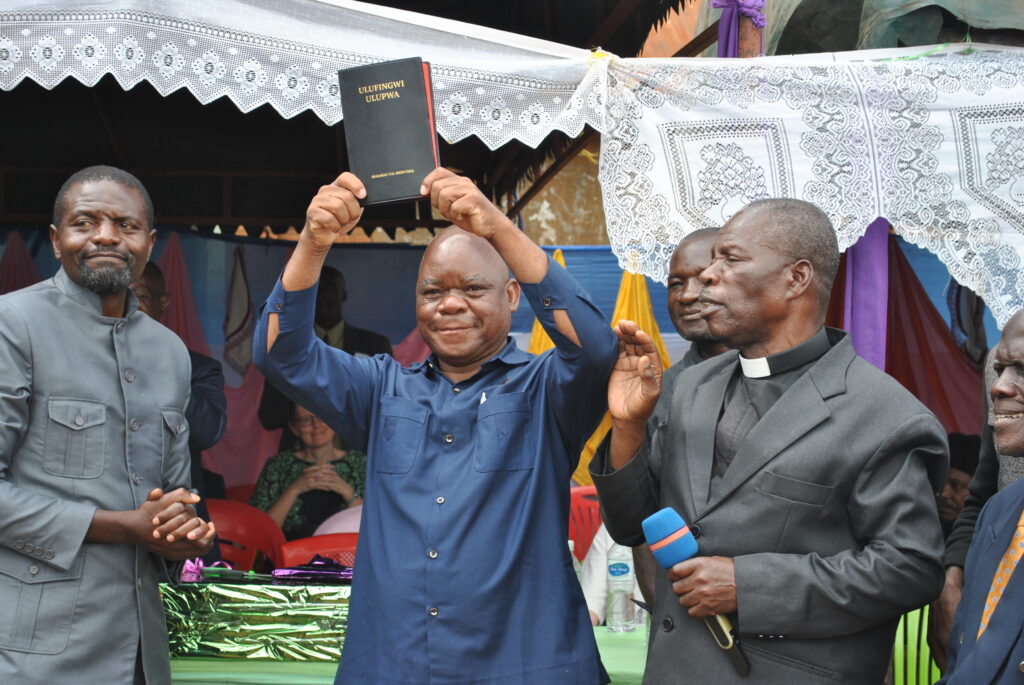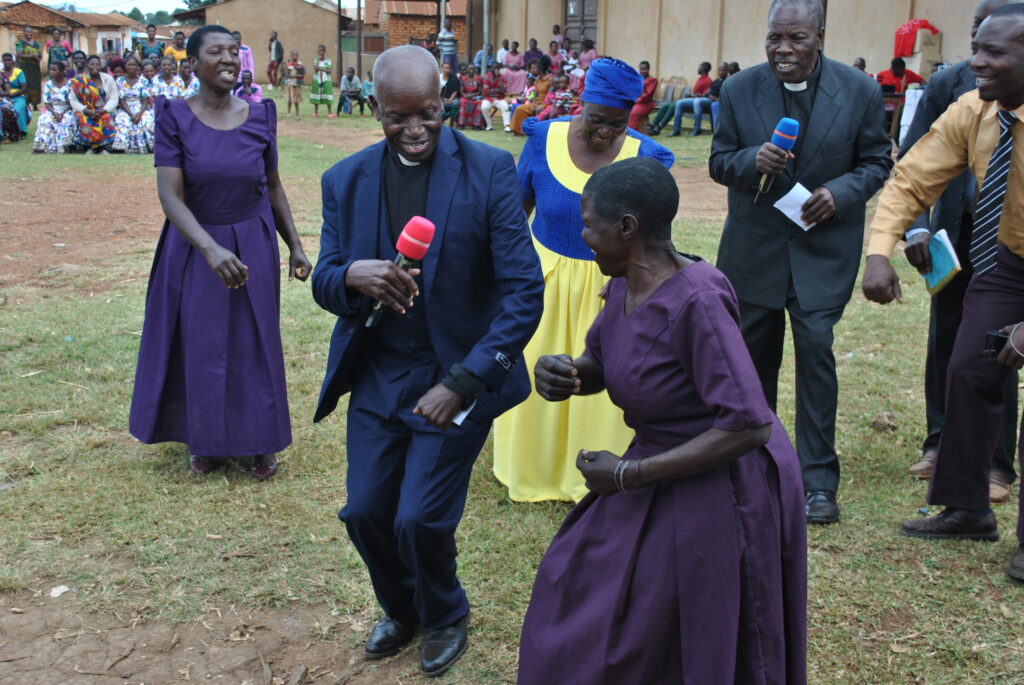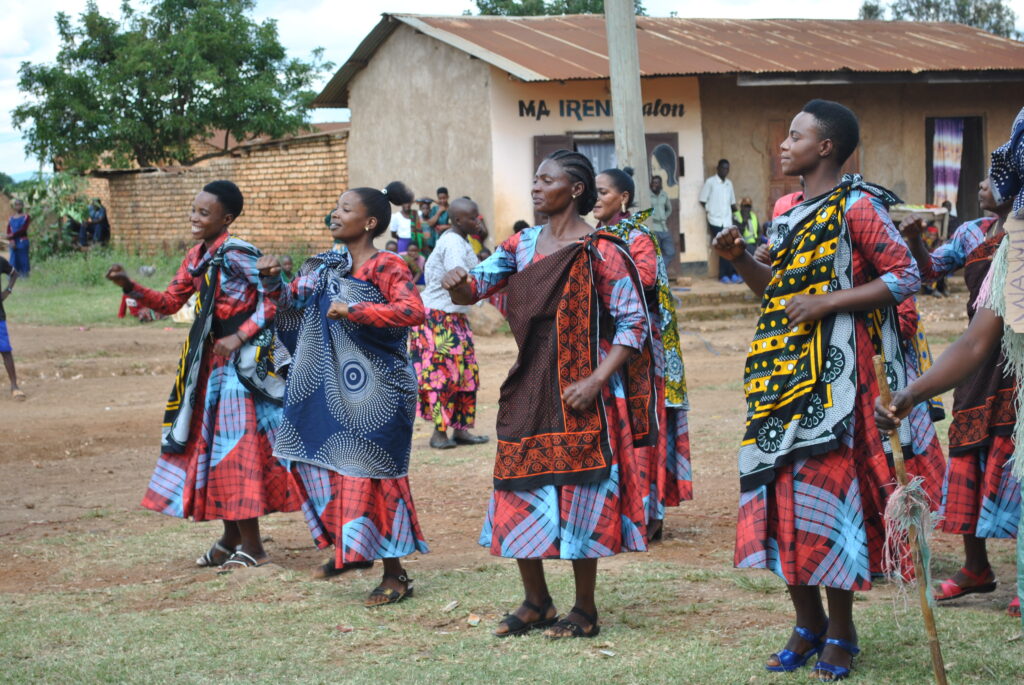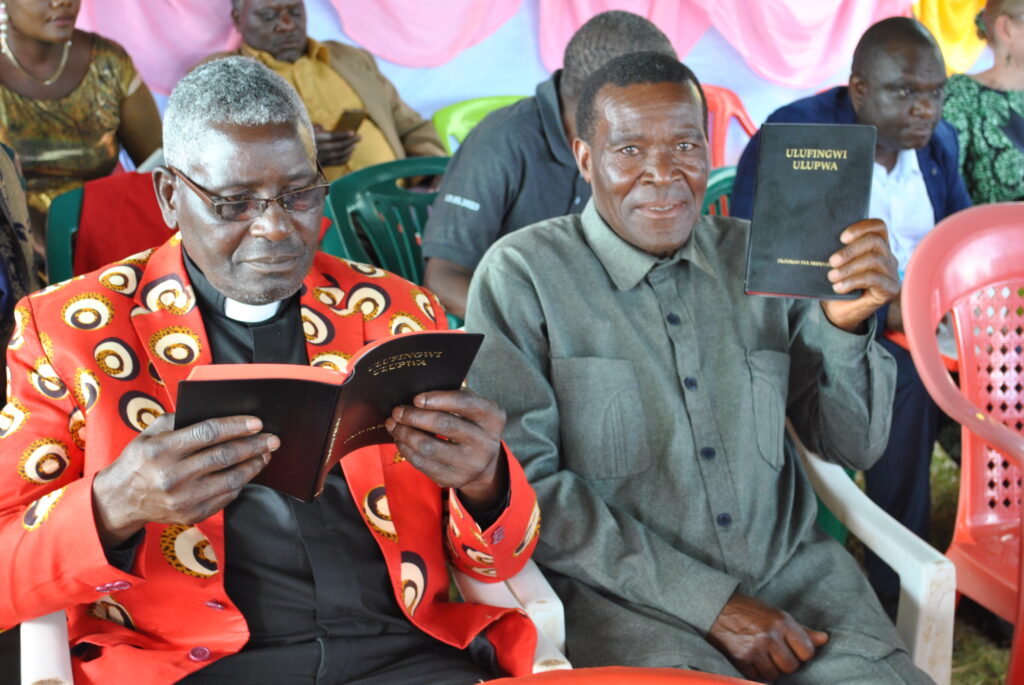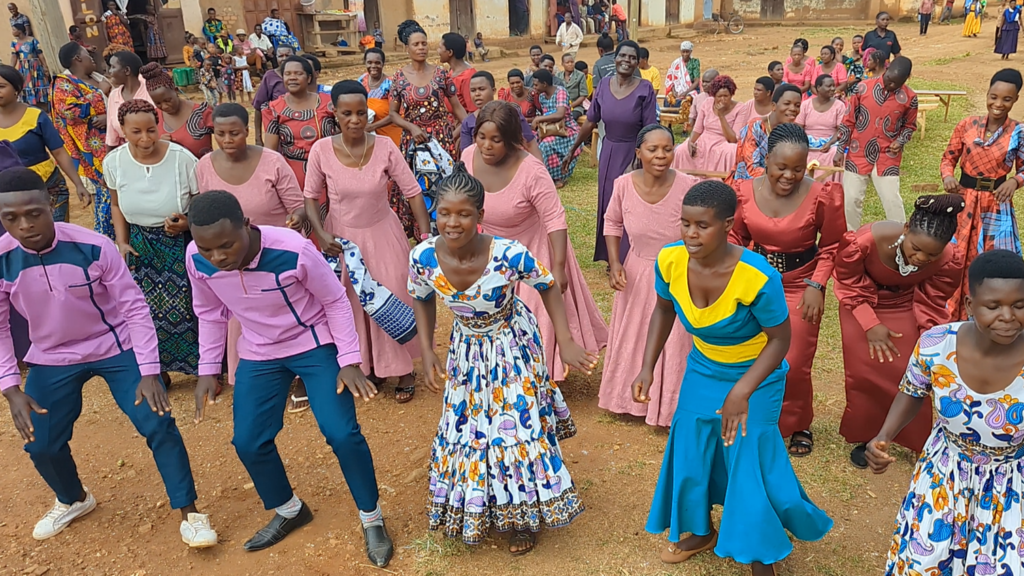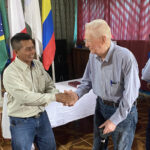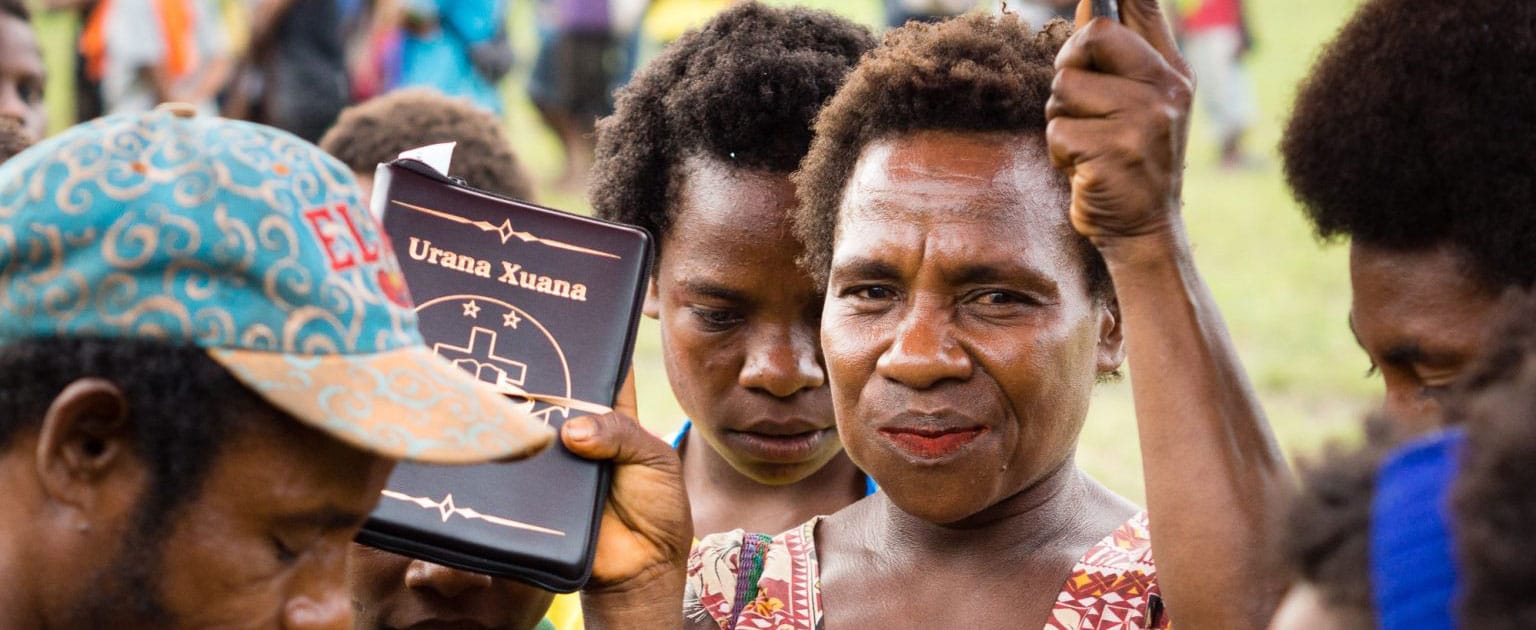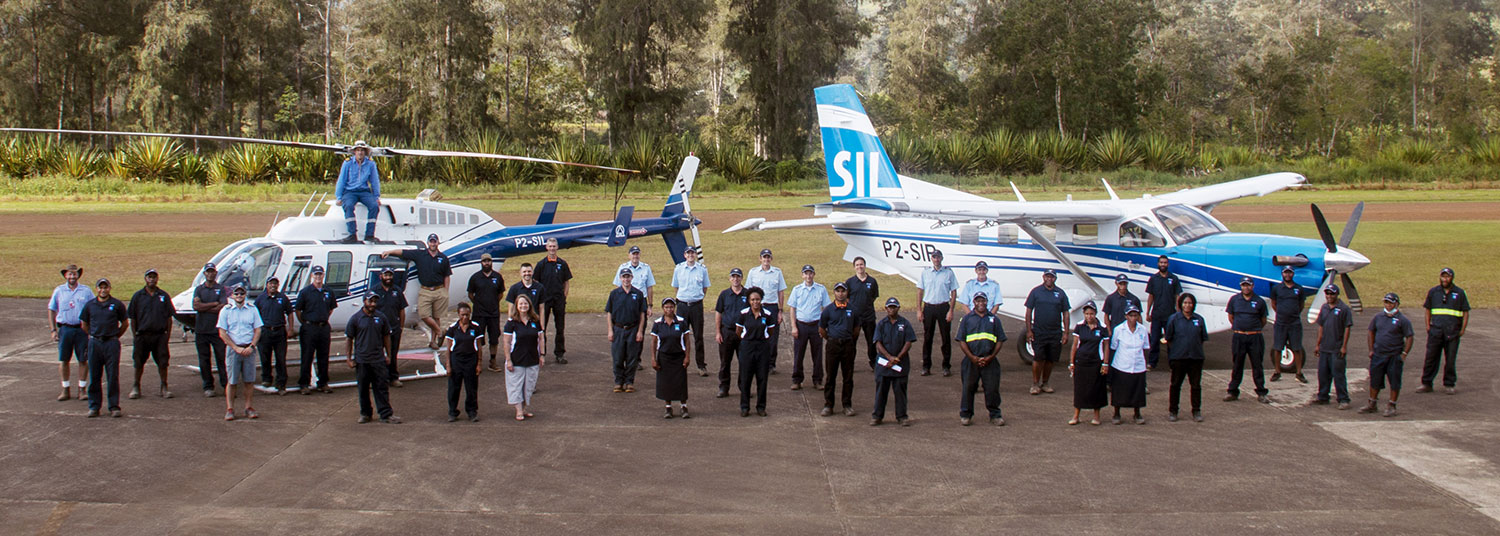What is Required of a Missionary Pilot Hoping to Train at JAARS?
Navigating a short-takeoff and-landing aircraft over mist-shrouded mountains to reach people who have never heard of Jesus is a missionary pilot’s dream. But it’s not always an easy or quick journey to the cockpit of an aircraft that will reach the unreached. The kind of flying that requires a pilot to take off and land on a postage stamp of an airstrip tucked into a bowl between mountains safely requires hard-core missionary pilot training.
So, what are the requirements to become a missionary pilot serving with JAARS? What training is required?
Peek into the journey of Philip Busk, a pilot-mechanic who will serve with our aviation partner YAJASI in Papua, Indonesia, to see if you have what it takes to serve the unreached and how JAARS can help get you there! Philip is currently a trainee in our Pre-Field Orientation (PFO) course.
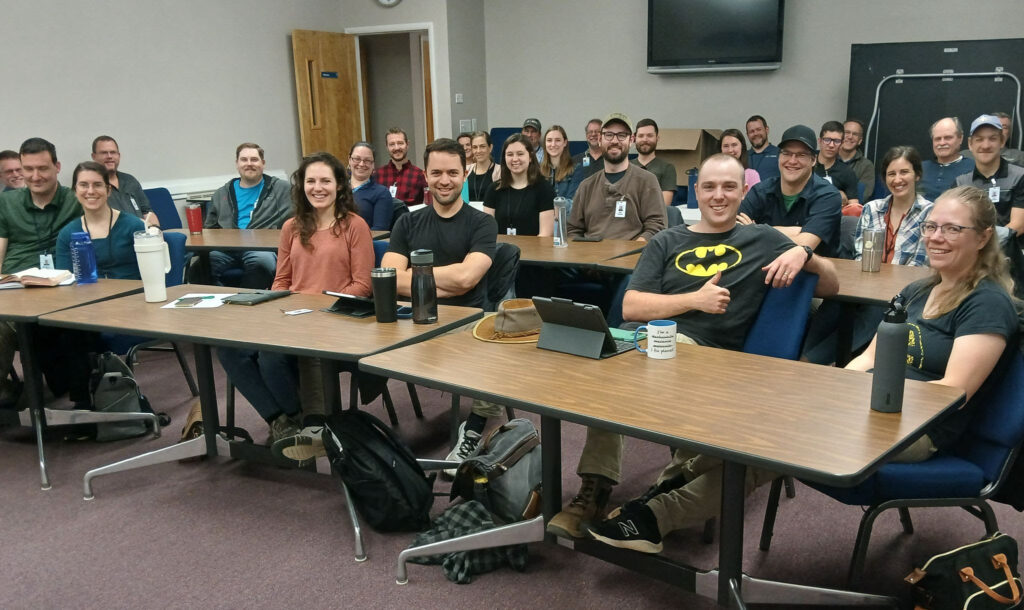
School, Certifications, and Experiences
After high school, Philip attended Moody Aviation, a school in Spokane, Washington, that specializes in training missionary pilots. After completing the five-year program, Philip graduated with his aircraft mechanic certificate and his commercial and instrument pilot certificates.
Philip had planned to then go straight to the mission field. But after talking to JAARS pilots he’d met at Moody, he decided to get his flight instructor certificate, which he earned at Moody.
He then was an instructor for a while, finding it a great experience. “I learned a ton through that,” he explained, “and they even let me teach a backcountry flying course, which deepened my understanding of some of the pitfalls and hazards of backcountry [flying] in general aviation, which was helpful for me. And I’m sure it’ll be helpful when I go to the mission field.”
Why JAARS?
One reason Philip decided to serve with JAARS was because he had spoken to pilots who went to the field 10-20 years ago. They remain there and still love serving with JAARS. “My wife and I both wanted to have that longevity serving God on the mission field for as long as he would have us there.” Not only will JAARS train and deploy you, but we will also sustain you through recurrent training.
Raising Support
Like most JAARS pilots before him, Philip and his wife Lainey went through Wycliffe Bible Translators, a JAARS partner, to raise their financial support. According to him, “There are quite a few steps in that process, so it’s best to get started as early as possible.”
At the end of summer 2023, Philip and Lainey began raising support. They weren’t sure if they could raise all the funds they needed by the time the JAARS PFO course began in March 2024. JAARS prefers that orientees complete that process before taking the course so they can focus on their training. “But God provided the funds for us to be able to make it to this orientation, which was really cool to see,” Philip recalls.
Technical Evaluation
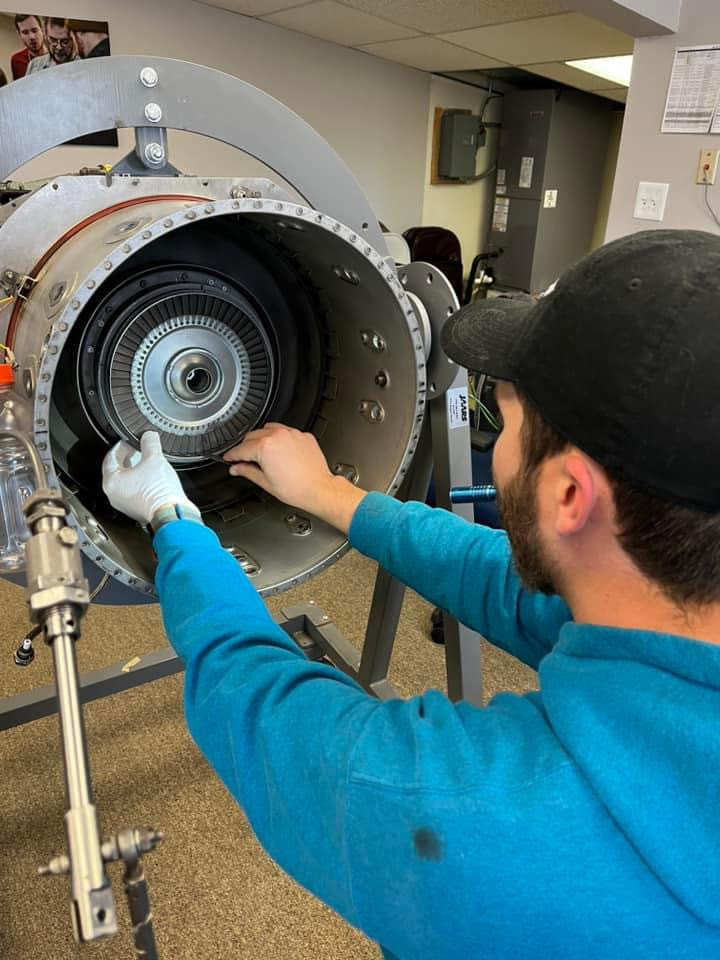
Before attending the three-month PFO course necessary to serve with JAARS overseas, Philip came to JAARS for a technical evaluation (TE), the skills and attributes review required before acceptance as a pilot for JAARS. The three possible results of the evaluation are:
- Unsatisfactory: You have an attribute(s) that isn’t compatible with mission aviation.
- Conditional Pass: You have the attributes JAARS is looking for, but you require more experience and training before attending PFO. If you receive this result, you could be a candidate for our JATO (JAARS Assisted Take-Off)
- Pass: Congratulations! You have the attributes and skills to be a mission pilot with JAARS and can take PFO.
Looking back at the two weeks of his TE, Philip said: “On the one hand, it was the most stressful two weeks of my life. But on the other hand, it was a lot of fun.”
His TE felt like taking a weeklong math test with very little feedback, even though someone was looking over his shoulder writing notes the whole time. “On the other hand, it was a lot of fun because [I was] flying an airplane that I would never have had another opportunity to fly—the Helio Courier—and that was a lot of fun. I learned a ton from it.”
What helped Philip during the process was debriefing himself in a journal at the end of every maintenance event or flight. He would ask himself, “Did they say anything that was useful?” And then he’d put on his flight instructor hat and instruct himself on what he thought he could do better on the next flight.
If you come to JAARS for a TE, like Philip, bring a learner attitude and a desire to soak up as much fun and knowledge as possible!
A Problem that JAARS Can Solve For You
Now Philip is putting that same learner attitude into practice at the PFO course at JAARS. He’s hoping the course will assuage some fear he has about safety while flying in a tricky place like Papua, Indonesia. The responsibility of knowing the right decision to make in difficult situations, and the responsibility of keeping missionaries safe, weighs on him: “It would terrify me if God wasn’t in control, but thankfully he is.”
One thing that drew Philip to JAARS is our safety record and culture, making sure that people are doing things the right way and are learning from mistakes. Because, of course, we want to cover the last mile for missionaries so they can share the gospel with people who otherwise wouldn’t hear about Jesus’ love.
“As I’ve gone through this process of joining,” Philip recalled, “I’ve seen that JAARS does a great job of listening to what the needs are on the field.” For example, YAJASI in Papua, Indonesia, still flies the Pilatus Porter PC-6. No other (large) mission organization flies this type of aircraft, but YAJASI believed this to be the best airplane to accomplish the mission of serving the unreached, so JAARS helped raise the funds needed to provide YAJASI with four Porters.
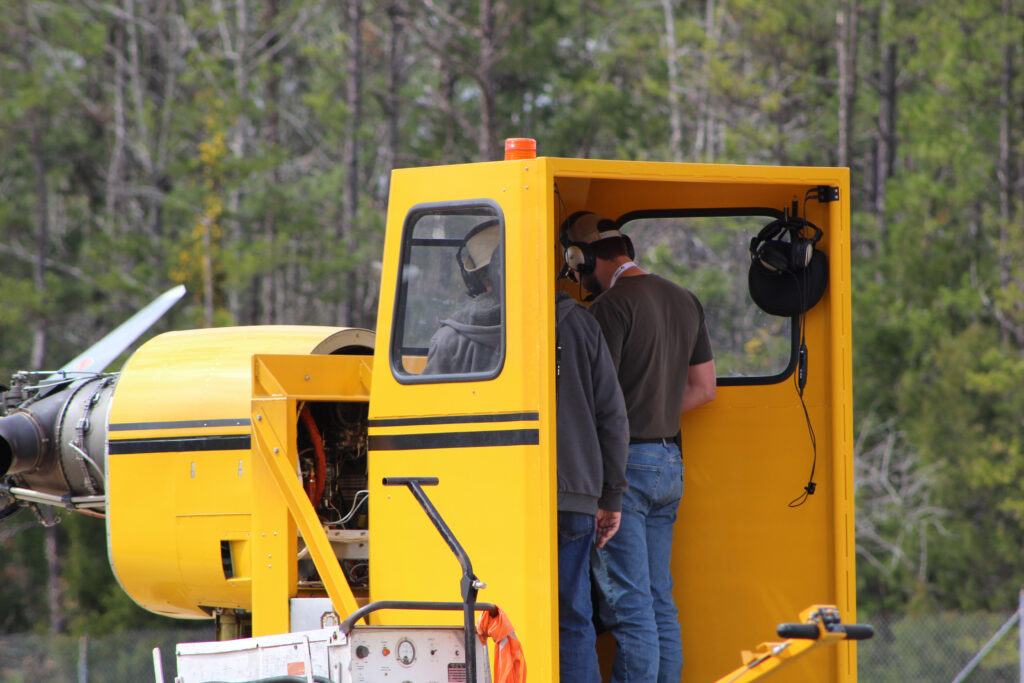
Philip is also enjoying the JAARS Base, which offers a disc golf course, hiking, and off-roading trails. If you’re here for rigorous training and need a break from all that flying and learning, the woods offer a way to escape and take a deep breath.
Missionary Pilot Requirements
So, what do you need, as a pilot or maintenance specialist to make it through your training and reach the mission field? According to Philip, you need:
- a learner attitude
- humility
- a love for aircraft
- a heart for sharing the gospel
In addition to the PFO training process described above, we now offer the JAARS Apprentice program, a training opportunity that prepares and deploys new missionary mechanics, pilots, and their families into successful, long-term service at the future JAARS hubs around the globe. JAARS pilots and maintenance specialists can go to the field directly through this program.
Think you have what it takes? Contact us with your questions or explore more stories.

